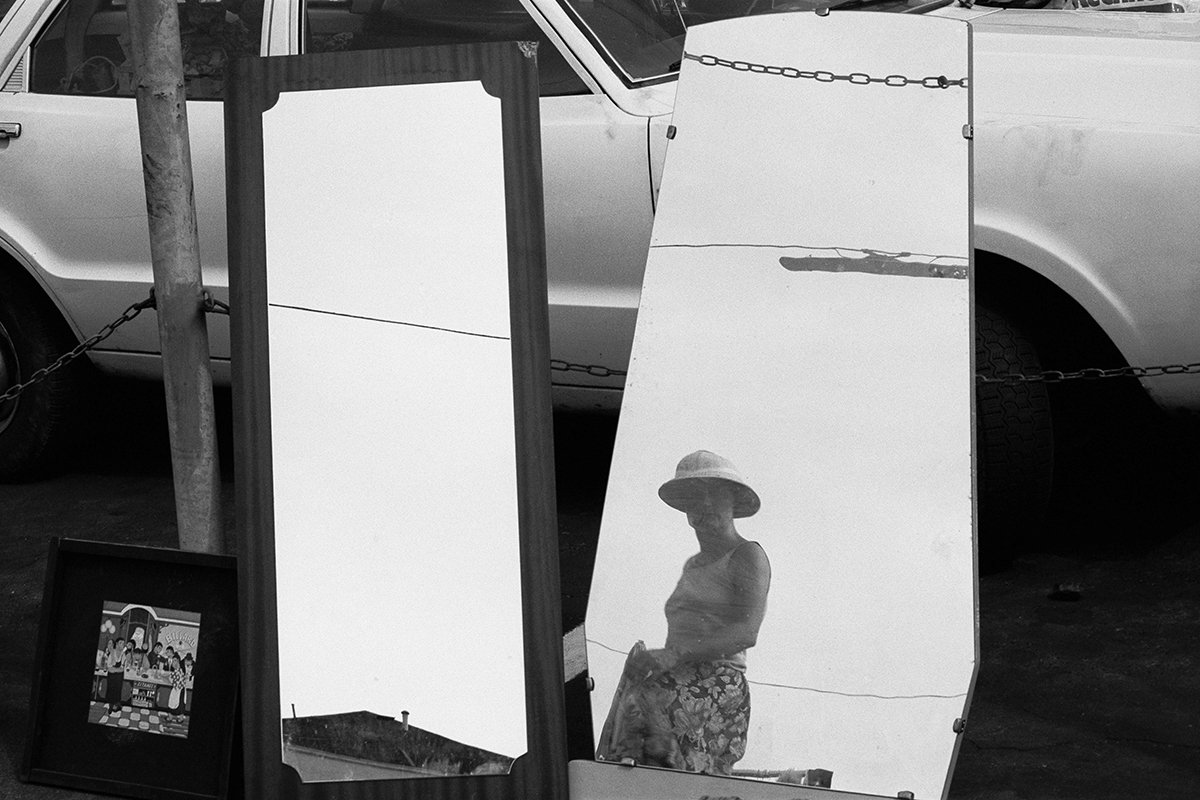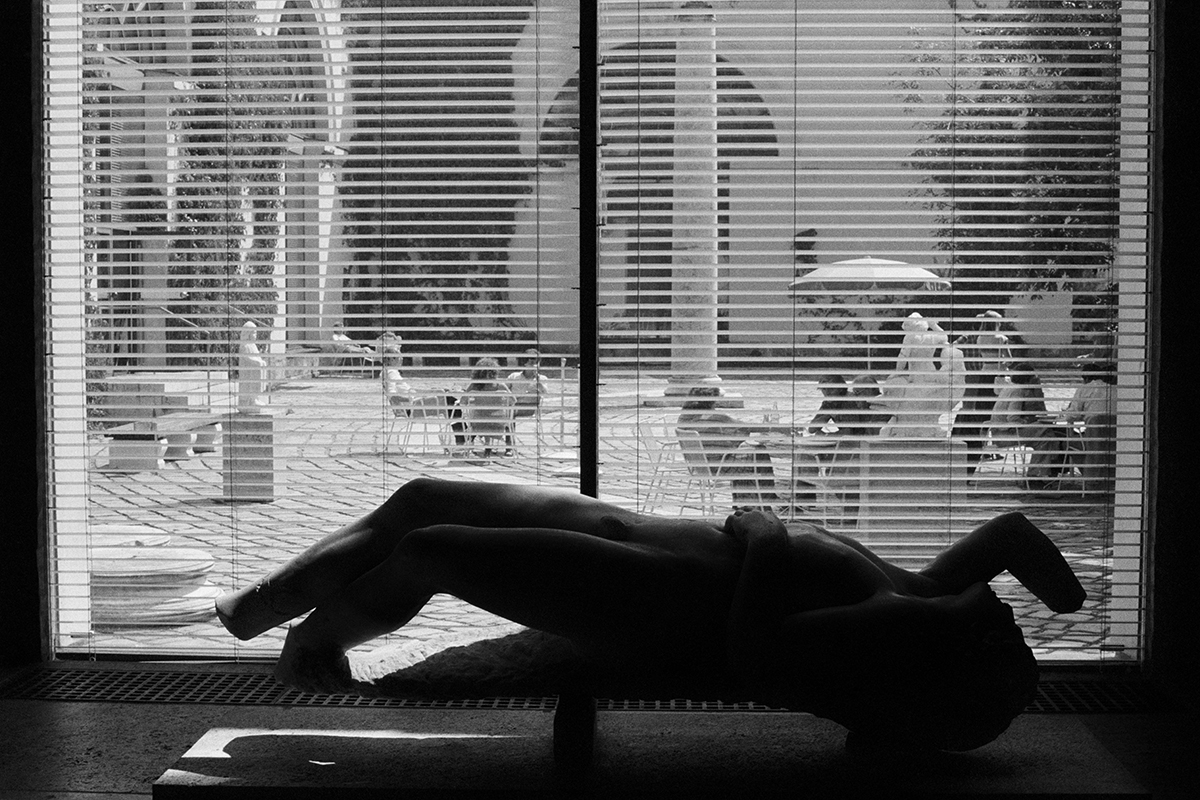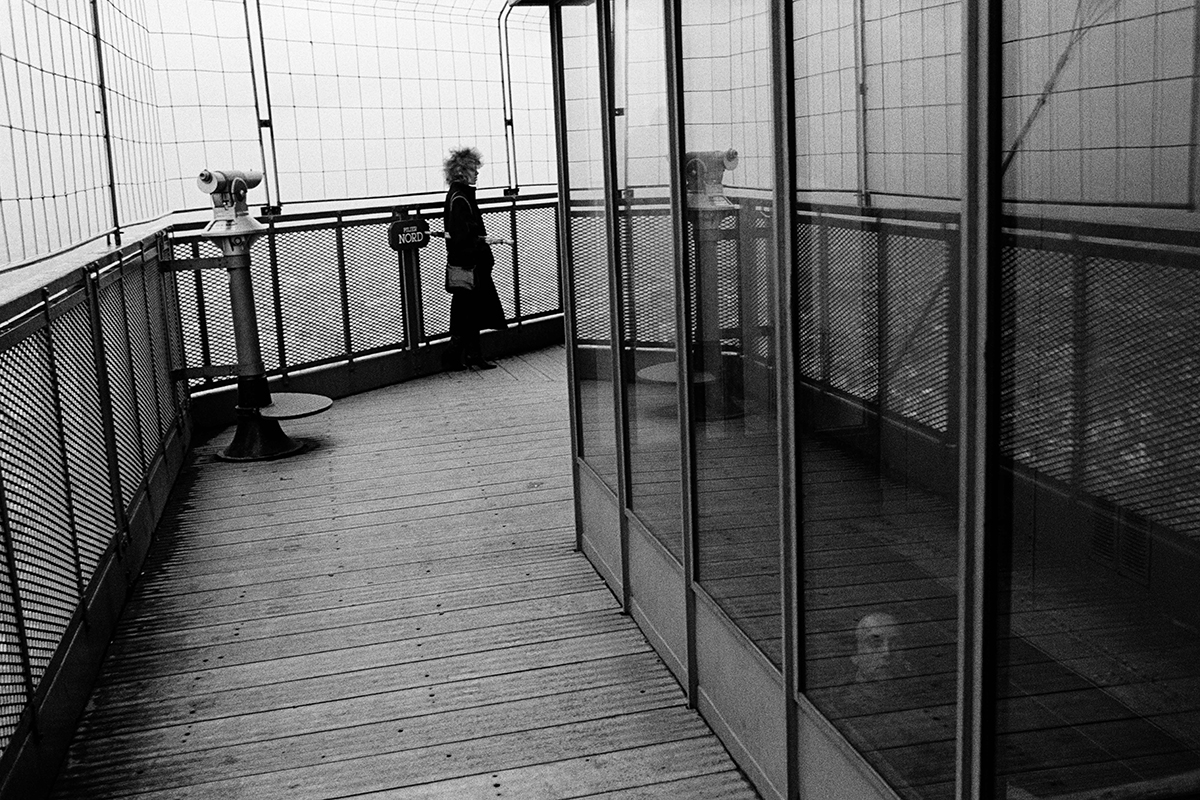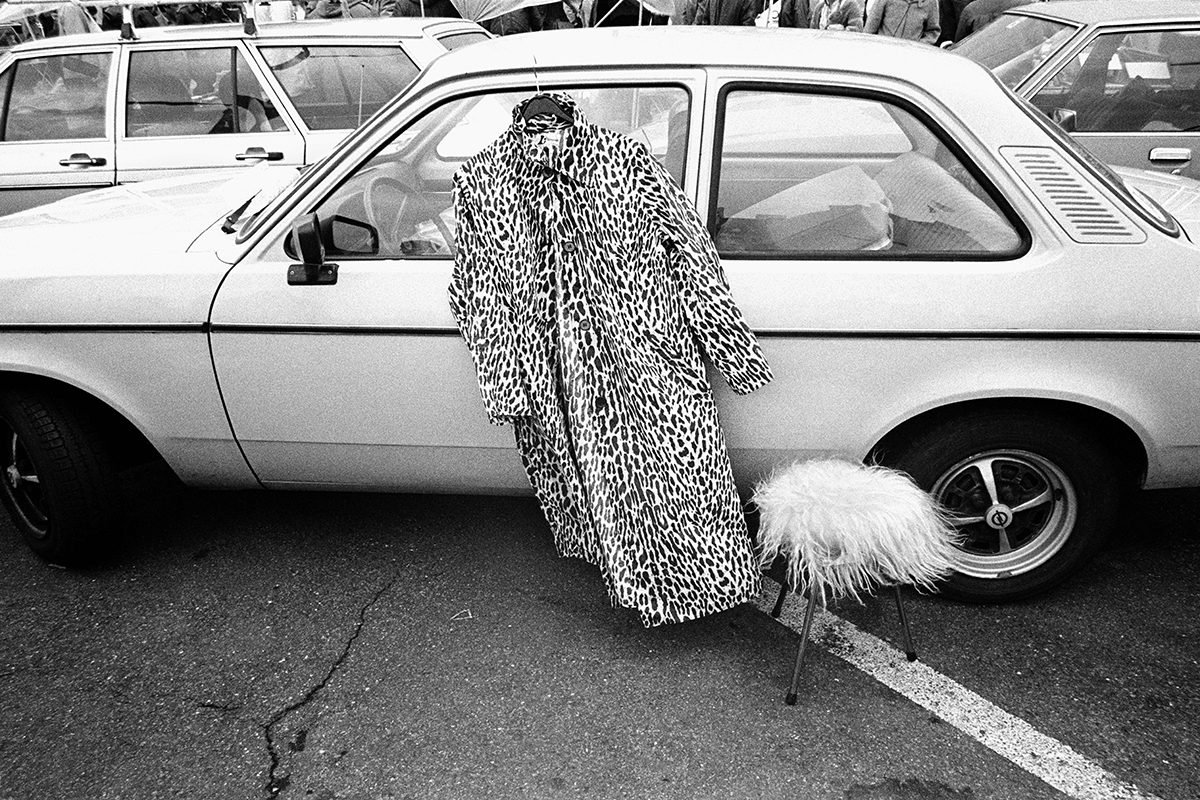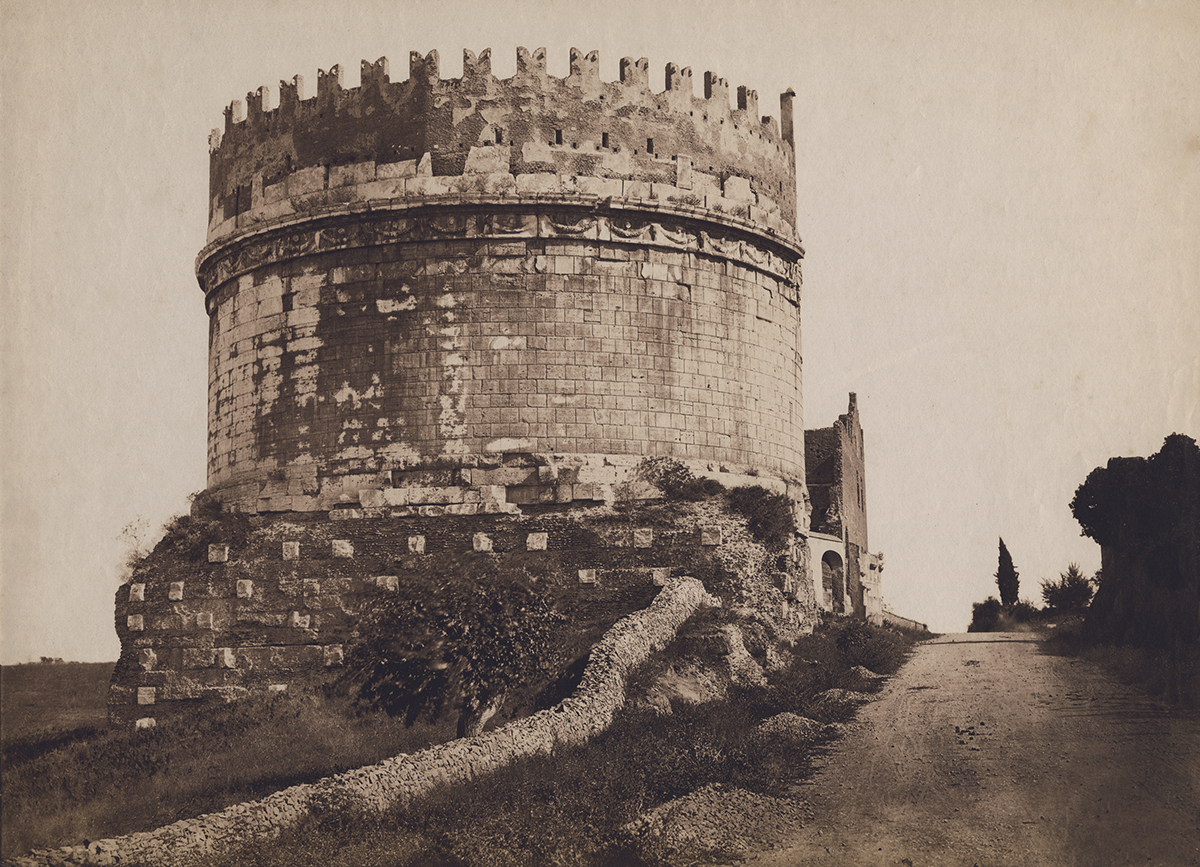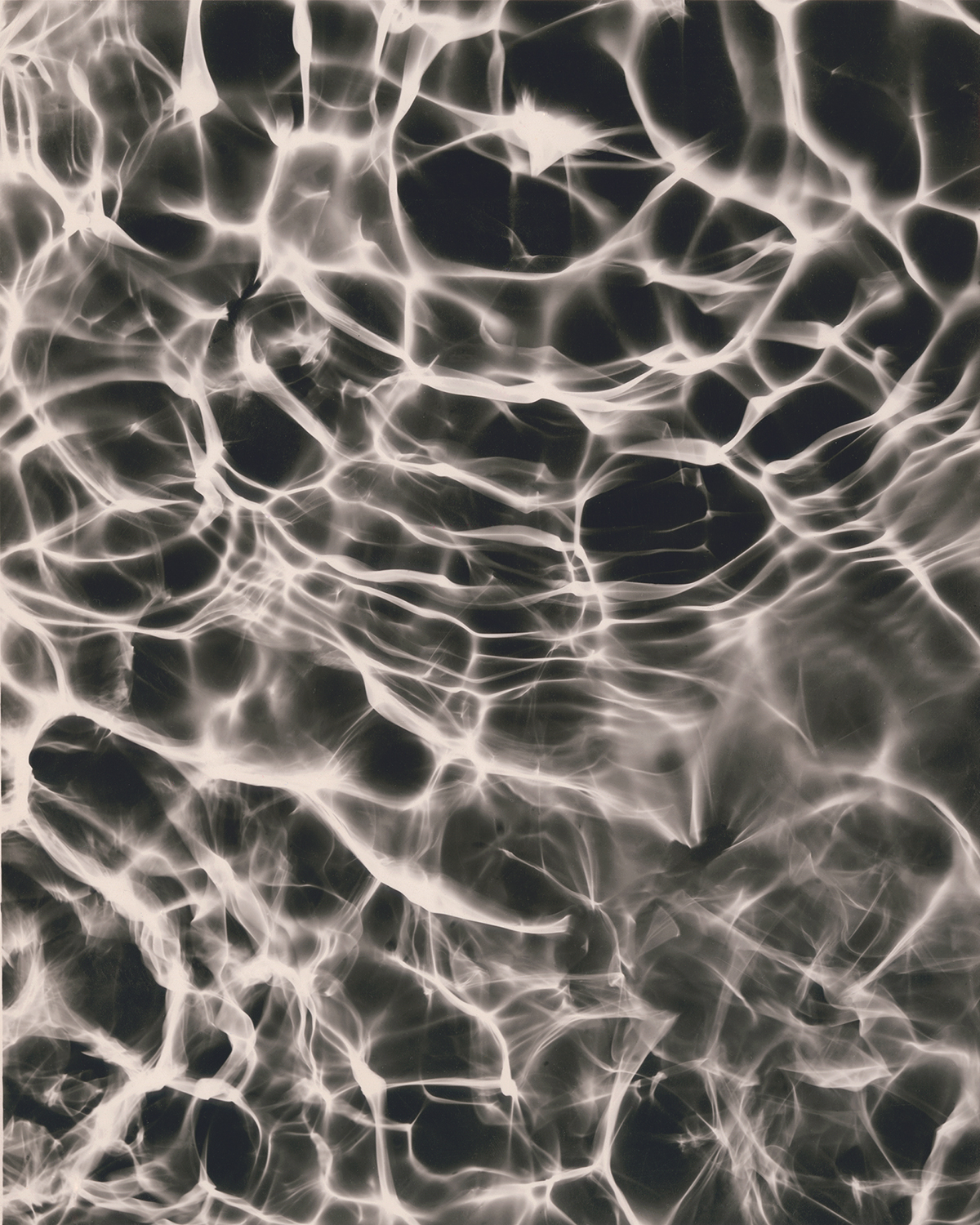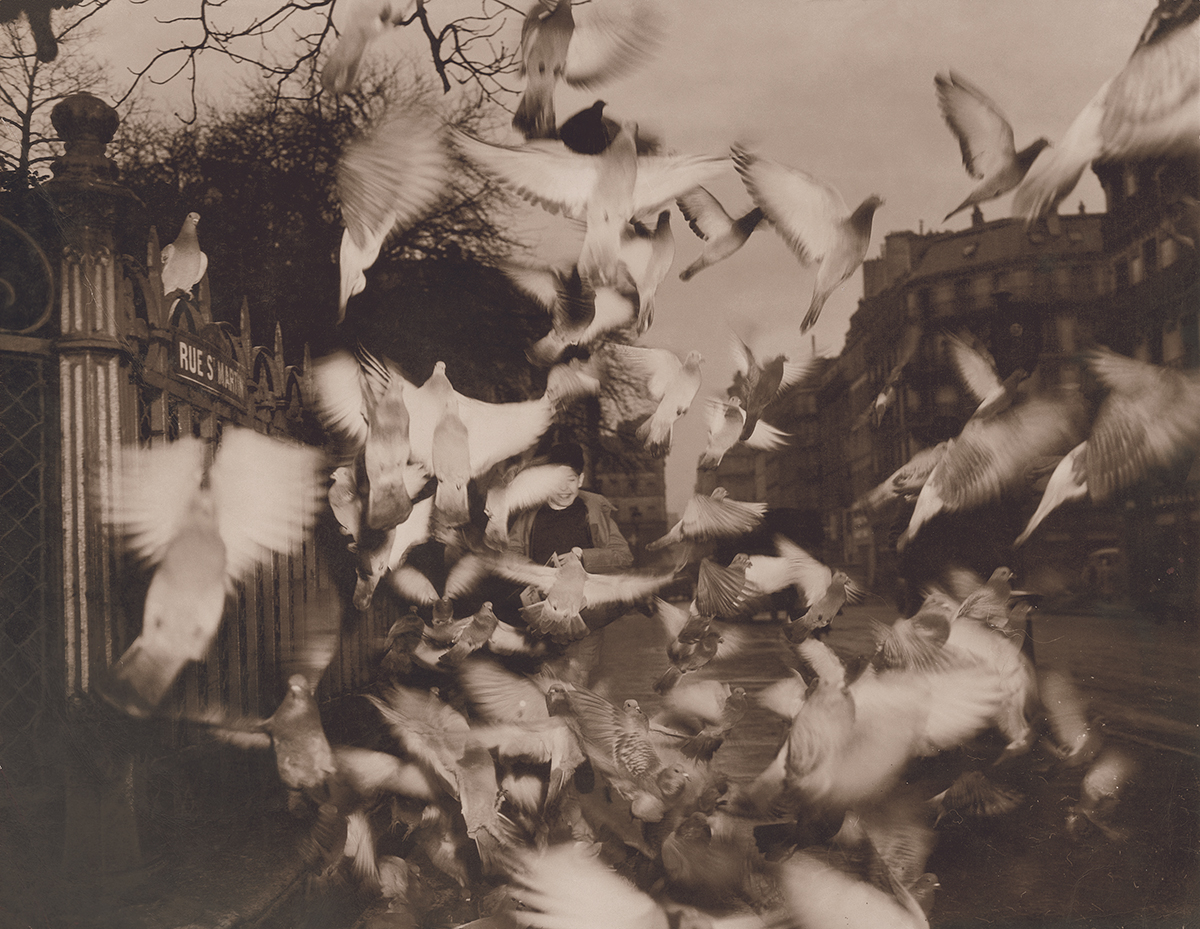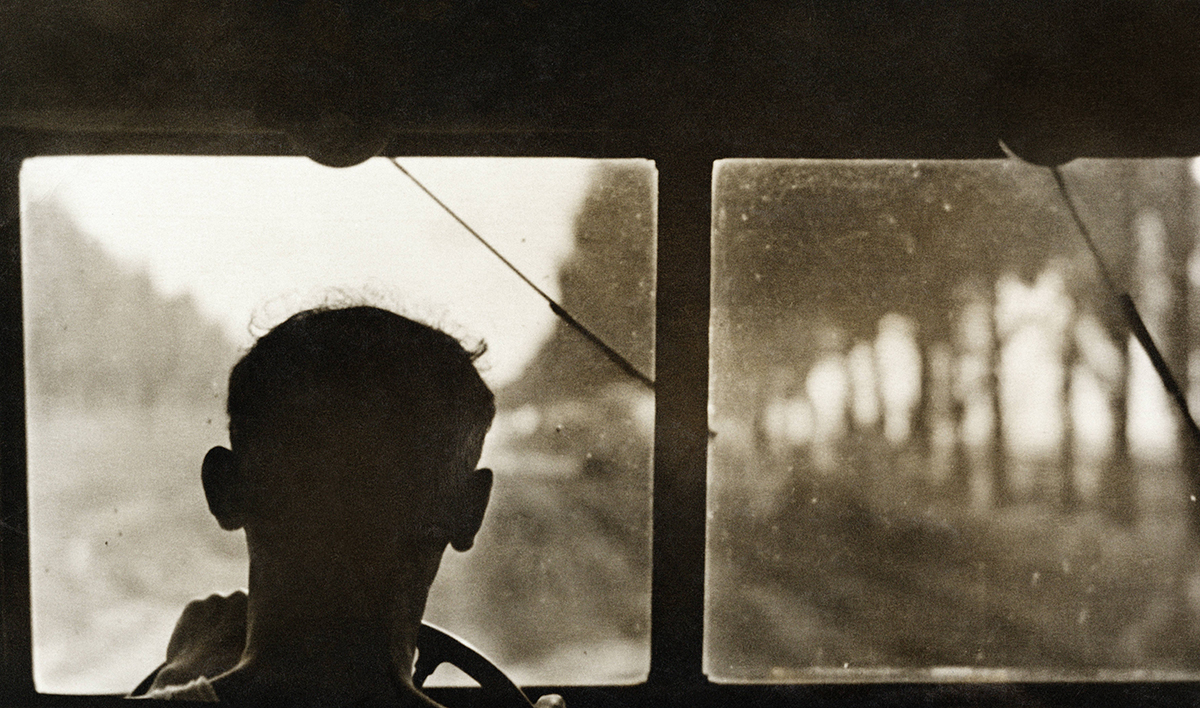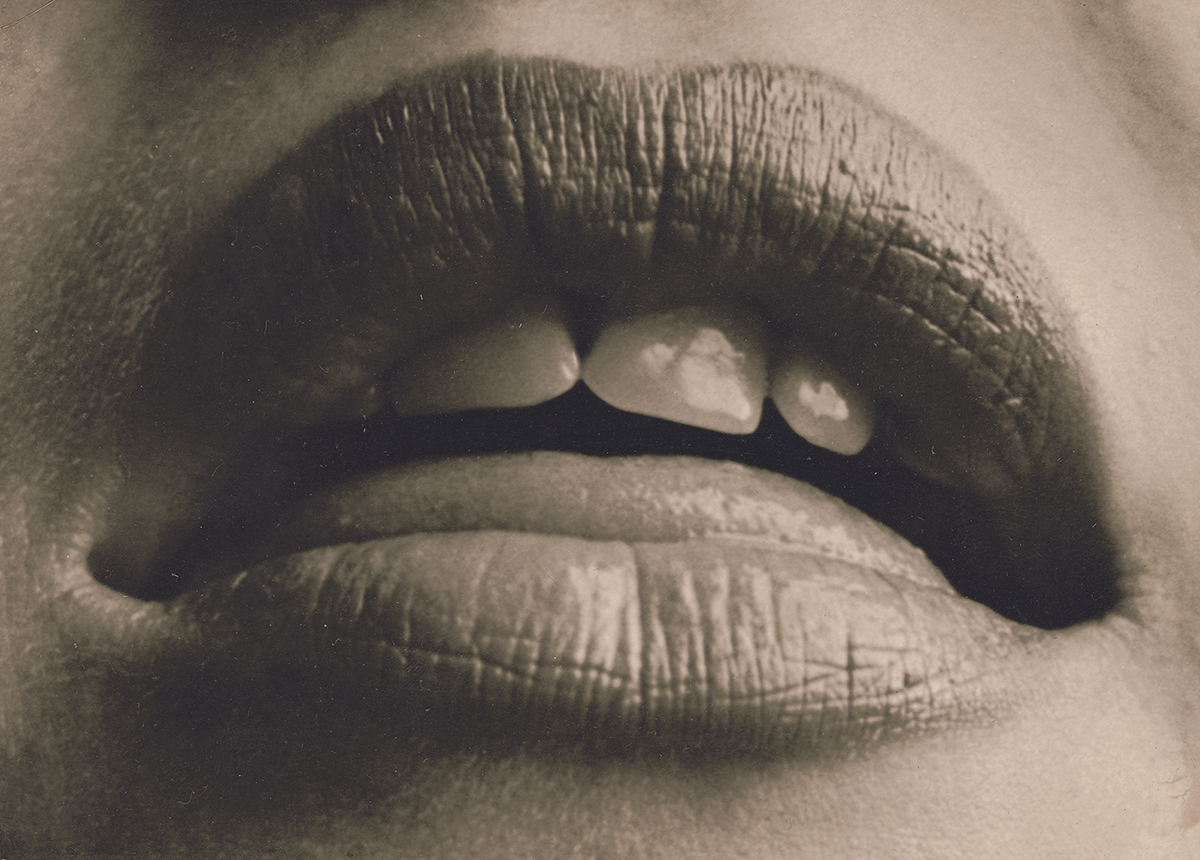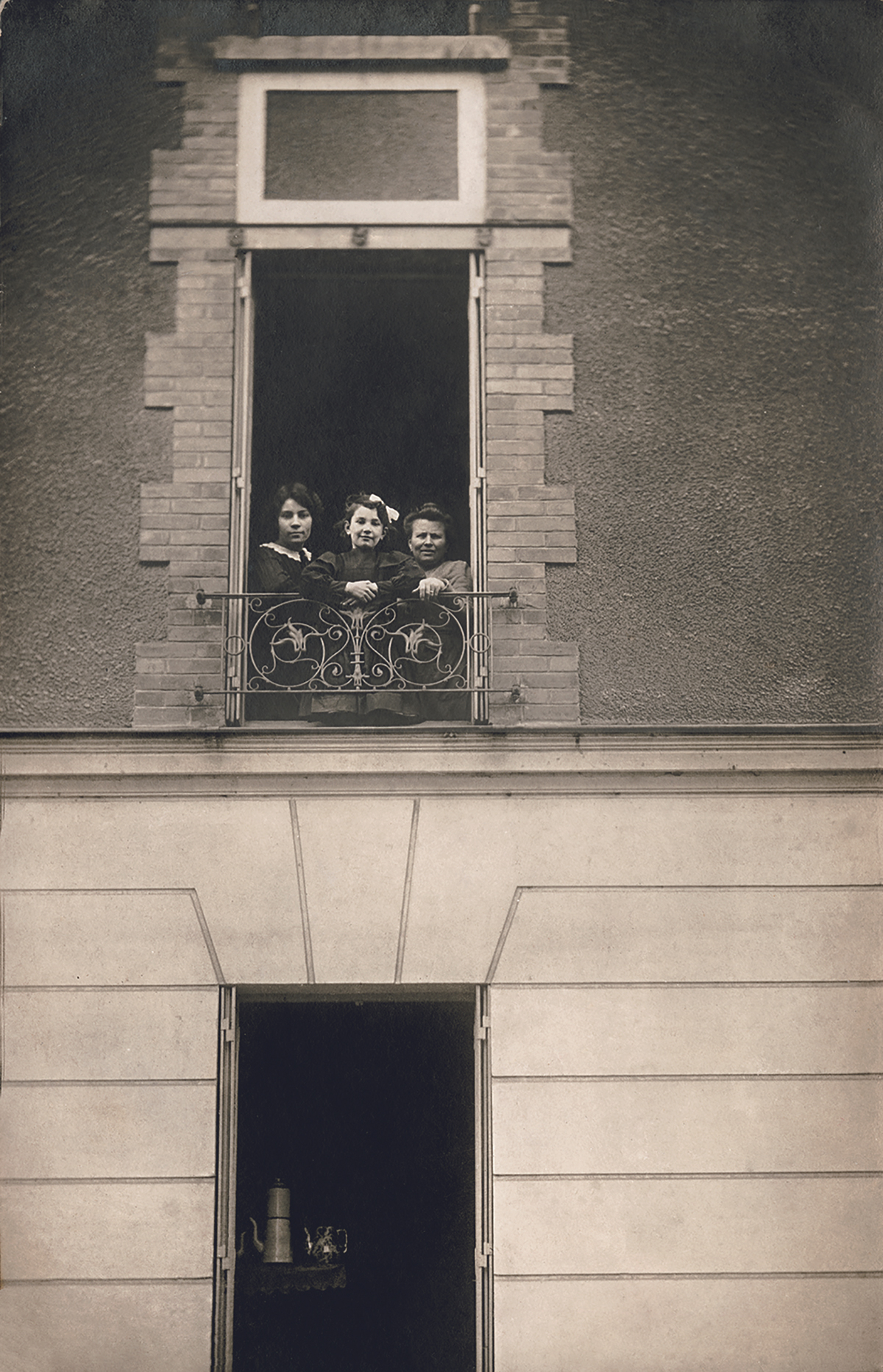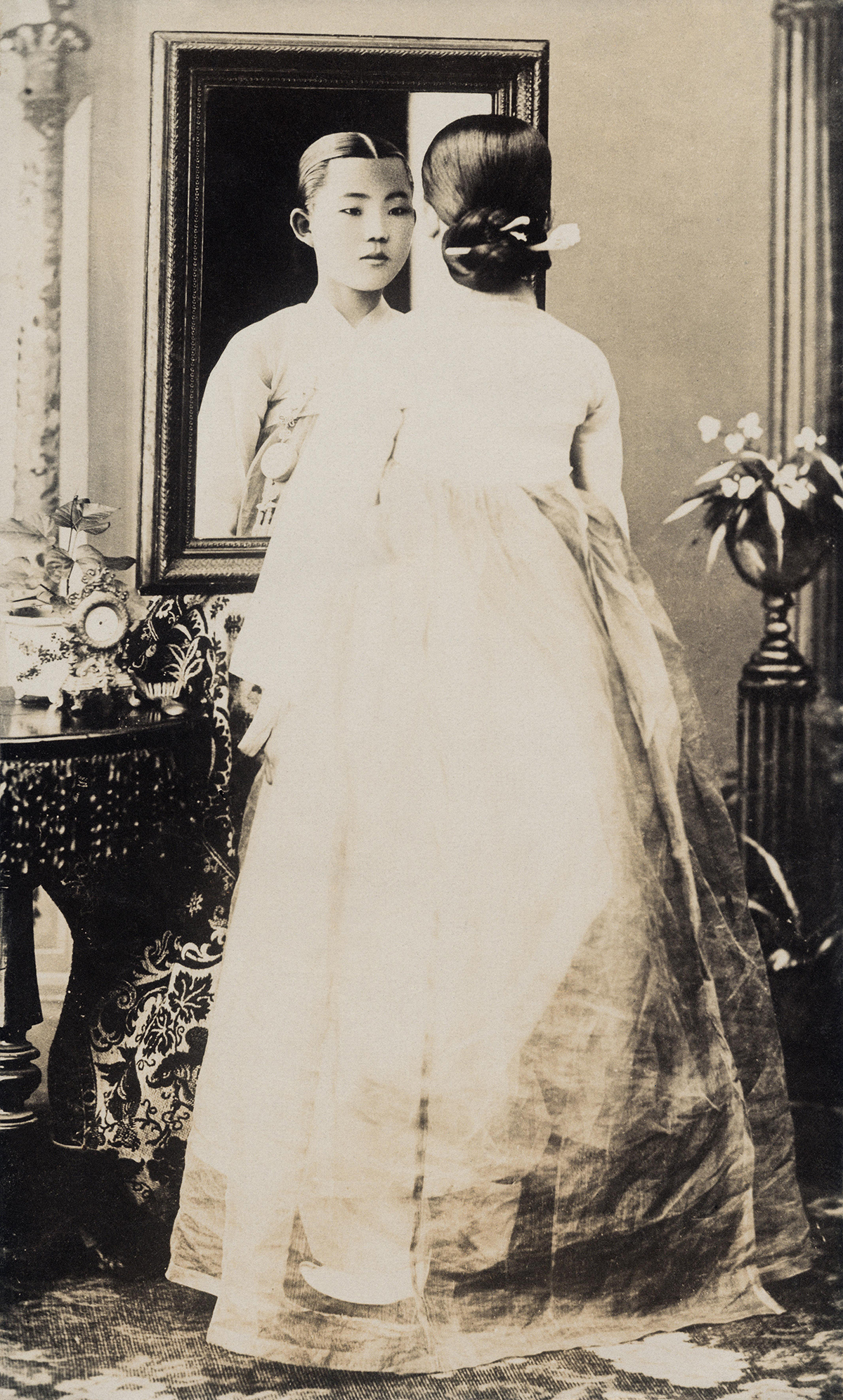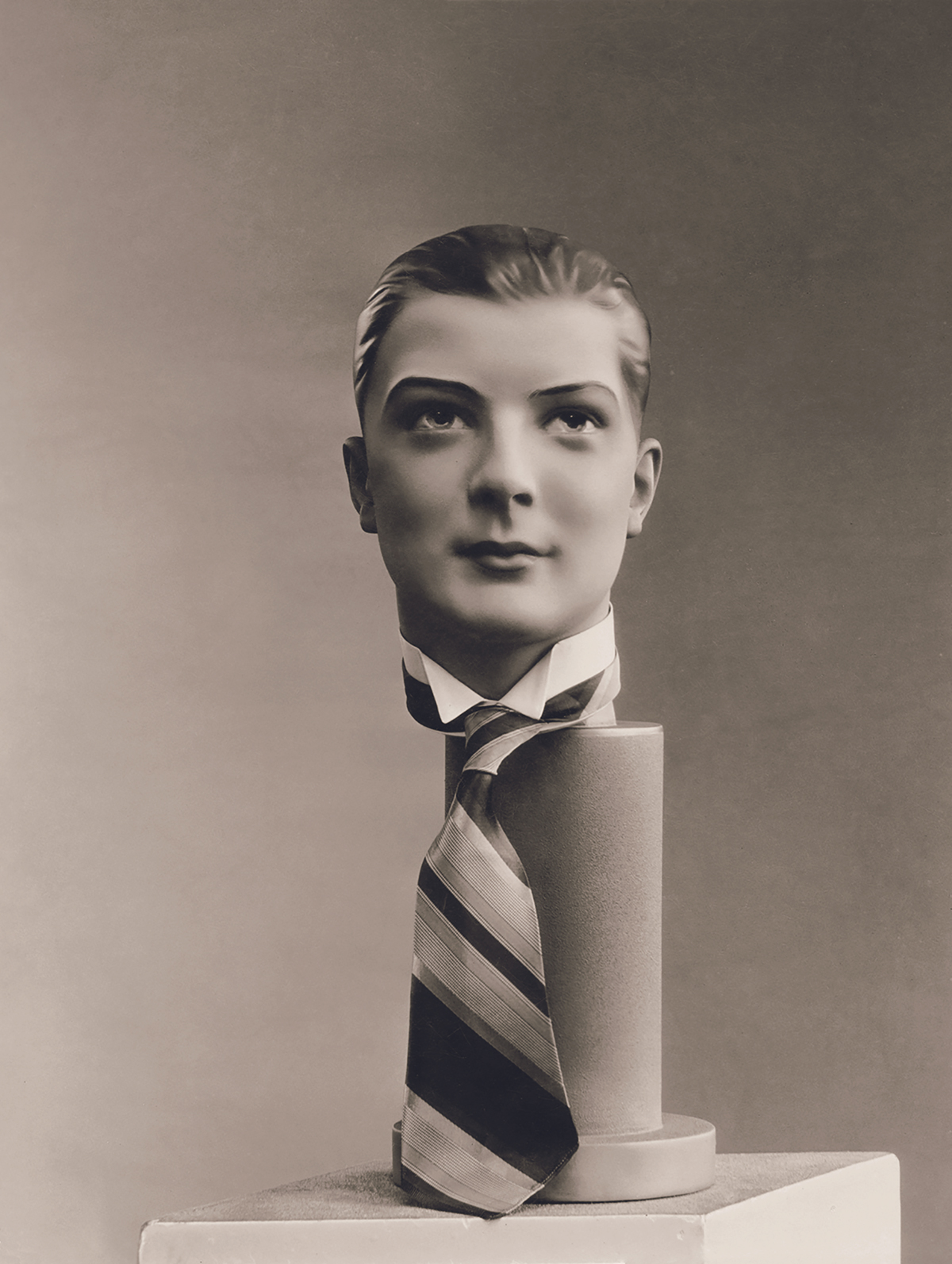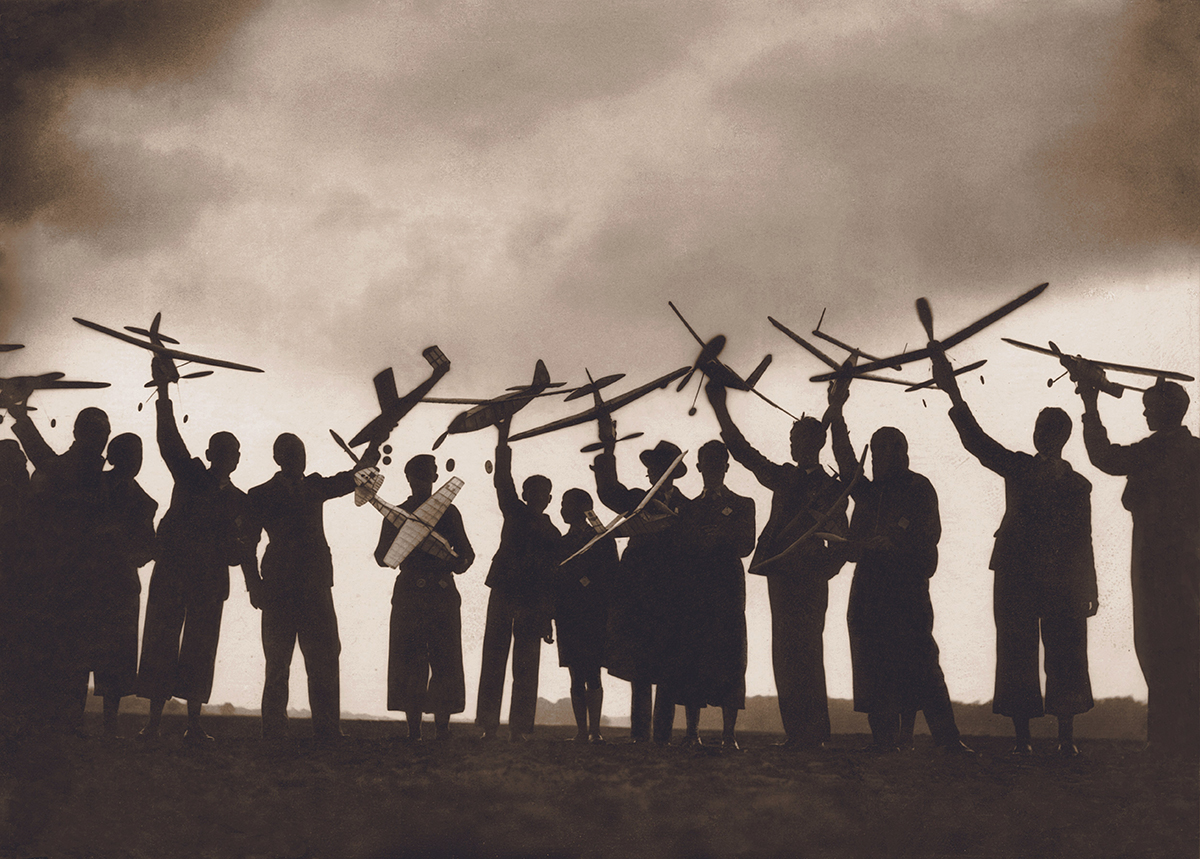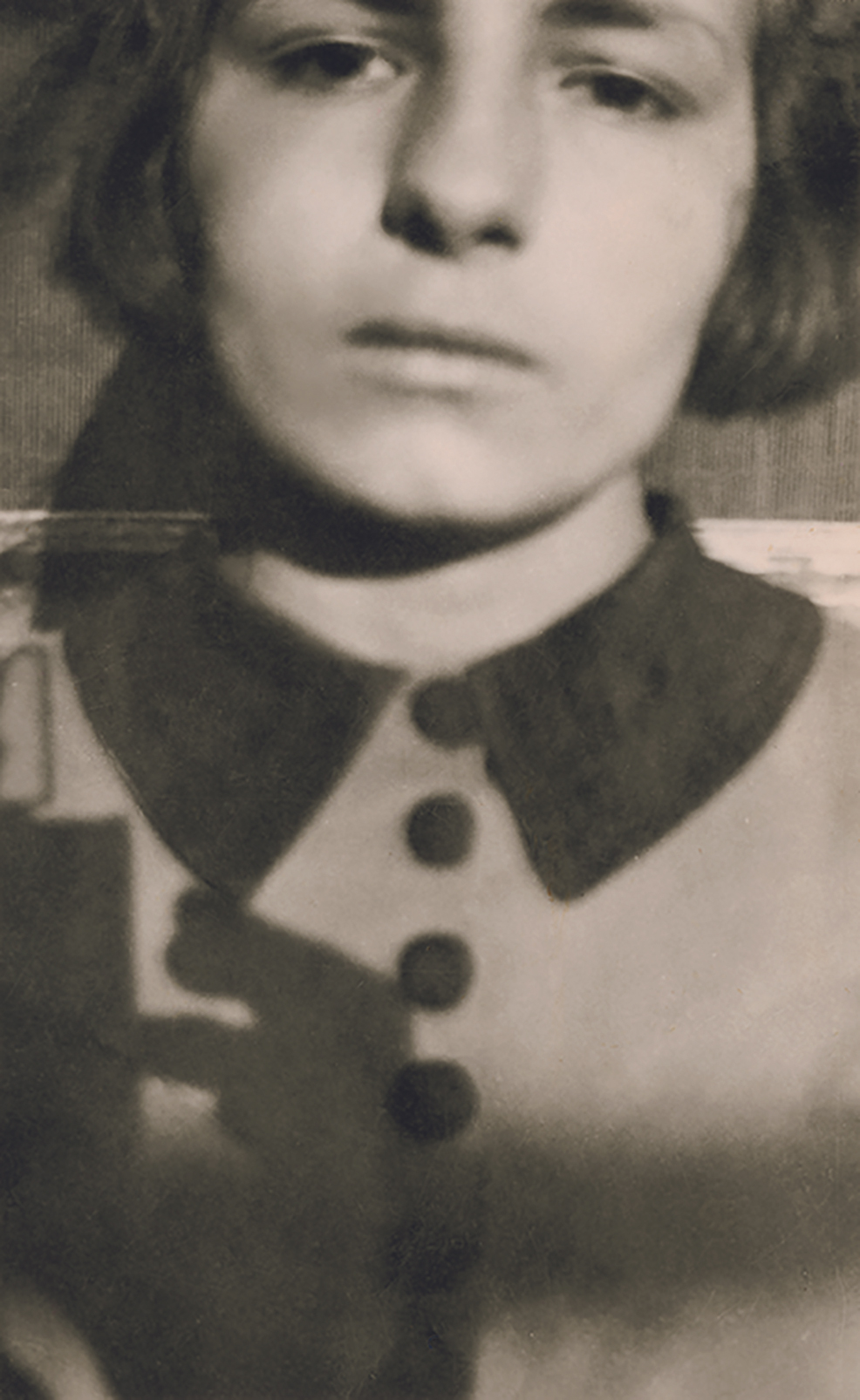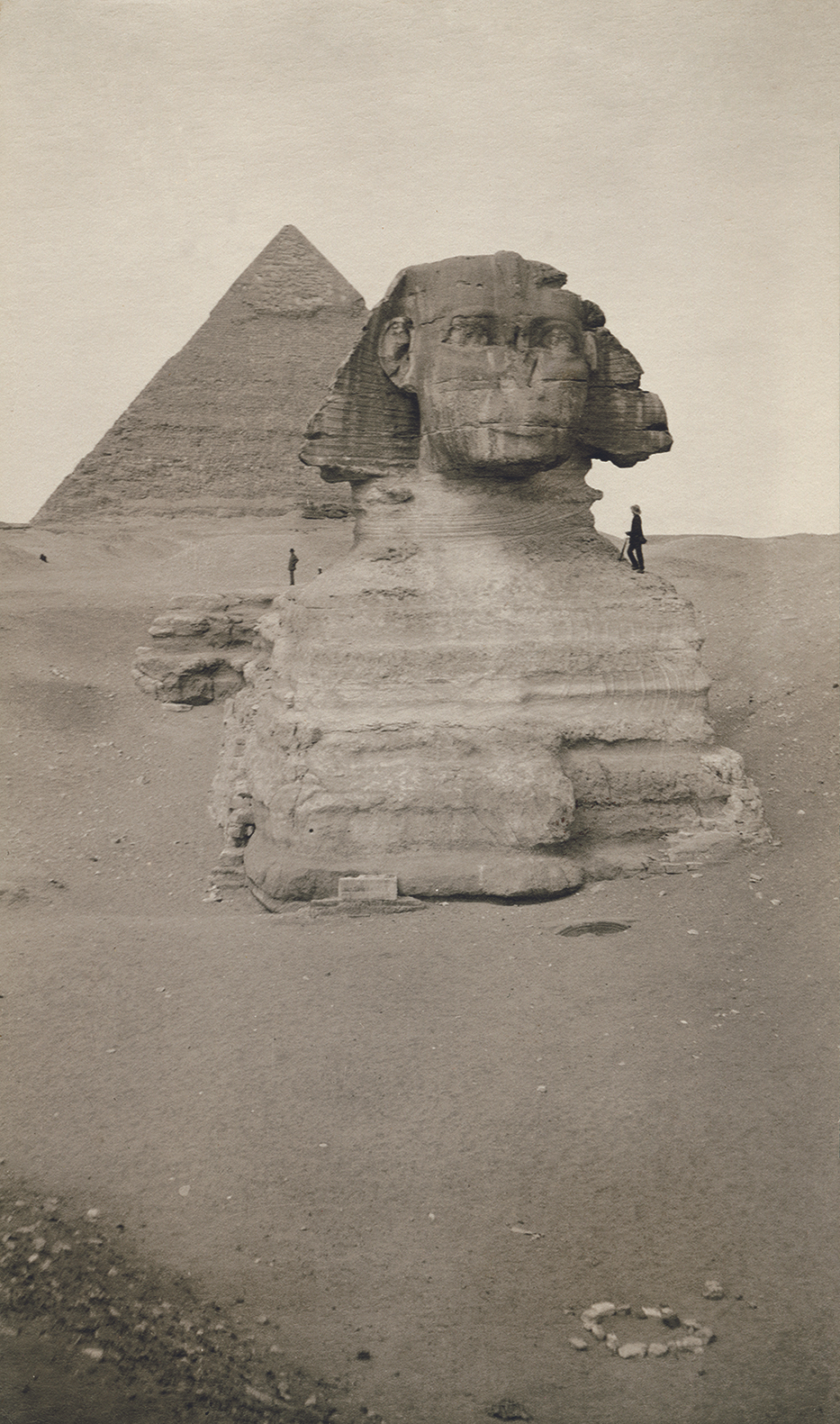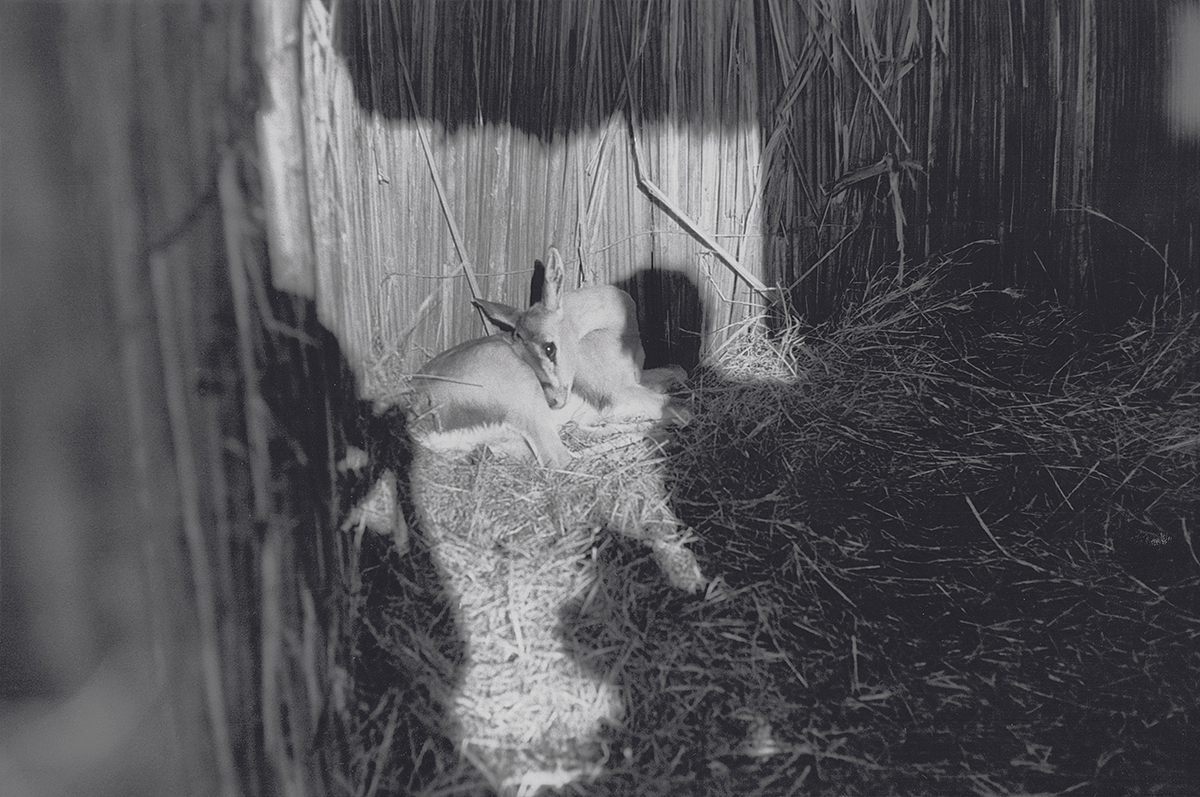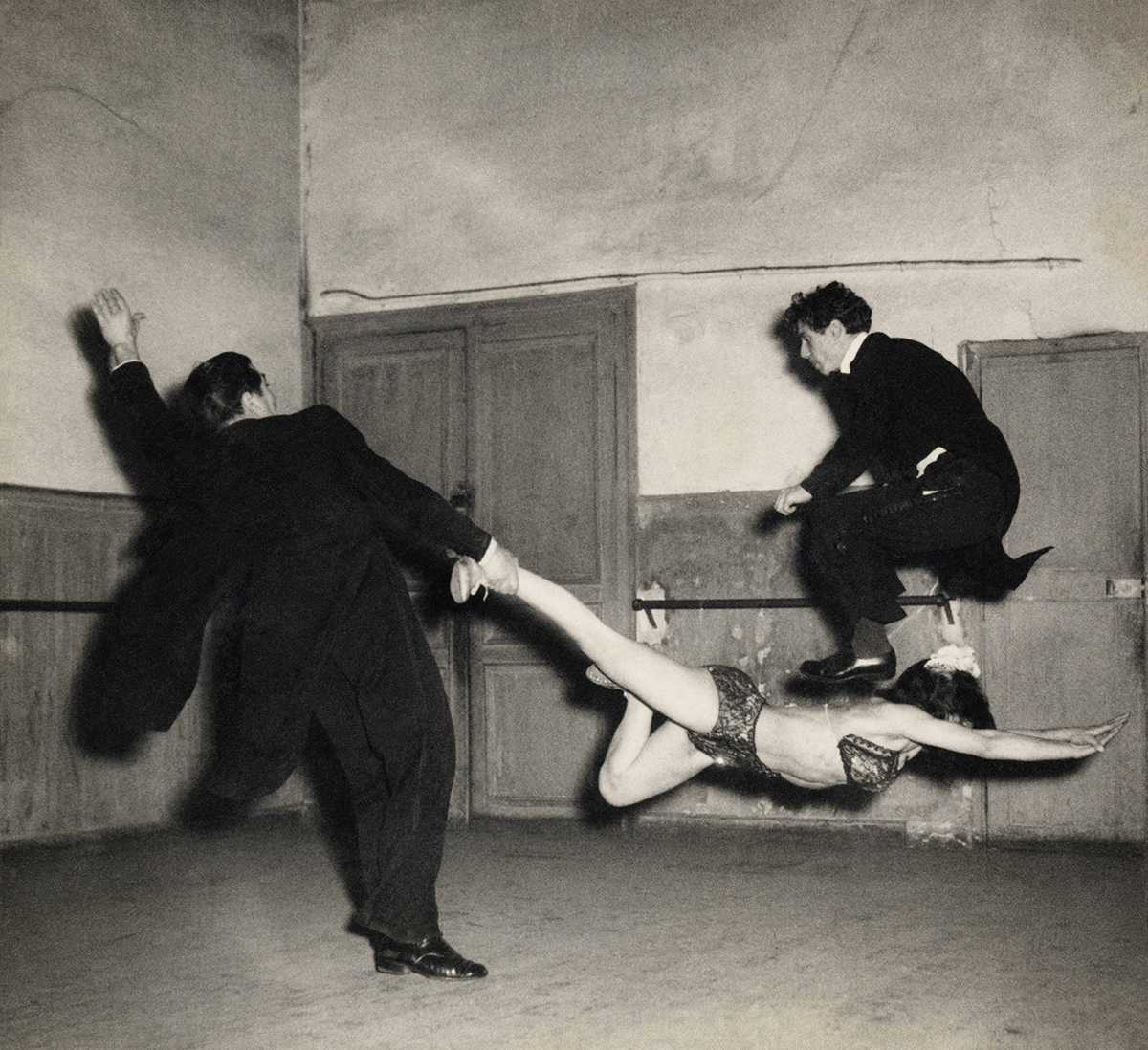
exhibition
The Unexpected Image - Past and Present
- 2023.9.22. - 11.5.
- Daegu Arts Center Gallery 11
- 10:00~19:00, Closed on Mondays
Curatorial Statement Michel Frizot, Curator
Photography is always so present in our lives that, out of habit and without thinking, we 'pretend' that it is a double of the reality we are constantly looking at. Instantly posting our own portrait, family photos, a monument or a curiosity on the Internet makes us forget that it is a technological production that cannot be superimposed on what we see, or have seen, with our own eyes.
Full ArticleCurator
- Artistic Director
- Sangwoo Park
- Curator
- Michel Frizot
- Associate Curator
- Yinglung Su
- Yoonjeong Koh
- Assistant Curator
- Hyounyoung Lim
- Coordinator
- Yeongjee Choi
The Unexpected Image - Past and Present.
Michel Frizot, Curator
Photography is always so present in our lives that, out of habit and without thinking, we 'pretend' that it is a double of the reality we are constantly looking at. Instantly posting our own portrait, family photos, a monument or a curiosity on the Internet makes us forget that it is a technological production that cannot be superimposed on what we see, or have seen, with our own eyes.
But as soon as we leave behind the immediacy of the context in which the image conveys simple and ephemeral information, photography once again becomes a little enigma. It is defined by a certain opacity rather than transparency. By a series of questions rather than by its obviousness.
Unexpected
In fact, photography is always unexpected. Whether it's an amateur image, an "old" photograph or a work by a contemporary photographer, a photograph is always a discovery for the eyes that look at what a camera has produced. This image, which we consider a priori to be very close to our perceptive reality, retains all its attributes as a manufactured image, produced by the physics of light (coupled with software in our digital age). The photographic image is no more than a fragment taken from a larger reality, a very tiny moment in time, with no guarantee of being representative of a continuity of events. It's a personal and often very random 'vision' of an individual (the photographer) that then passes through the eyes of multiple viewers, fed by various cultural references and acquired notions, and each viewer must interpret it in his or her own way.
Unexpected, enigmatic, weird: it is the viewer, or rather the successive viewers of a photograph, who give these adjectives when they discover the image and wonder about its meaning. For the photograph was made with the intention of being shown, looked at, preserved, and disseminated. In other words of being seen at a later date by multiple individuals, whether two days or fifty years later. And it is the subsequent viewer who becomes the master and arbiter of the understanding of the photograph. We are looking at photographic images and we want to understand them because we know that they are addressed to us. For the reason that we are considered and involved from the moment the image is taken.
The exhibition The Unexpected Image. Past and Present explores how the unexpected is created in photography. How an image that is at first sight comprehensible to the human mind retains obscure areas and resists explanation. The starting point for the exhibition is the analysis of a collection of old photographs (1850~1950), mainly anonymous or amateur, or press photographs, or by little-known authors. This choice is justified by the absence in these images of any artistic or aesthetic ambition, the absence of the ego of a recognised photographer: this is what gives these images their photographic spontaneity, where the strictly photographic characteristics that we want to examine are fully developed. It is in this type of photograph that the unexpected features are most visible.
The subtitle Past and Present references that, as part of the Daegu Photo Biennale, we want to confront images from the past with works by contemporary photographic artists. This is to show that the same characteristics of ambivalence, uncertainty and mystery are constitutive of the aesthetic and poetic character of the chosen contemporary works. As a counterpoint to the exhibition The Ongoing Power of Photography, the special exhibition The Unexpected Image responds to the same desire to demonstrate the continuity of photographic specificities, in new forms. The exhibition's curation establishes a visual parallel between enlarged reproductions of old photographs and contemporary works.
The Rise of Unexpectedness
Photography is a relational object intended to be viewed by multiple recipients. So, we need to ask the question: how does this very common image, produced by a very effective device, become both an authentic representation and a somewhat impenetrable question?
This inherent ambivalence of the photographic image is due to three factors that are independent of the person looking at the image. The photograph is produced by a very specific device that has its own autonomous mode of operation. The photograph is produced by an individual, a photographer, who inscribes his own mental intentions into it. The photographed subject, particularly when it is human, is an integral part of the meaning of the image. It is this "subject" that is looked at and that requires deciphering on the part of each viewer.
The exhibition is therefore divided into three parts: the role of the camera, the role of the photographer, and the role of the subject and the viewer in creating the enigmatic character of a photograph. And in each of these parts, three sections identify more precisely the determining elements of the unexpected, by analysing the content of the images in relation to the viewer's perception.
1. The role of the camera
The first - and main - characteristic of a photograph is that it is produced by a camera, by a particular device (the lens and photosensitive surface) whose operation is based on principles that belong to the physics of light. This has been the case since the origins of photography. And "digital photography" has done nothing to change this observation, in fact it has reinforced it. However, the photographic device doesn't work at all like our optical system, and what we see in front of our eyes when we look at a photograph is the result of a process that is only interested in quantities of light, not identifiable shapes. The ontological puzzle inherent in the photographic process results from the irreducible distance between the camera’s light-sensitive capture and the human senses. Unexpectedness arises from the split between visual perception and the photographic process.
“Black and white" (or "colourless") photography was the first unexpected surprise of the process, which the human eye and mind have come to terms with. The discrepancy is exacerbated when it comes to "colour" photography, because the photographic “colours” to which the technology has accustomed us, and which are specific to each procedure, never tally with the sensations of colour perceived by the human eye in the same circumstances.
The ever-present astonishment of photography also comes from its ability to record every detail and every source of light, with a perfect resemblance to the "subject". These are performances that no human talent can match. "Reality" as we define it through our visual perception is totally transformed when it is presented to us in the form of a photographic image that has only recorded intensities and contrasts of light. It is up to the viewer to visually and mentally reconstitute the initial 'reality' that has given rise to this sometimes disconcerting result.
In the first section, we will look at the unexpected that occurs from simply capturing whatever is in front of the camera, which may be placed in such a way that the arrangement of the space produces astonishment or questioning (Section 1A. The camera records the state of things). We will then look at the specific forms that result from the process of recording light: high speed shutters, blurred movement, precision, and so on. These are forms whose figuration is recognised as authentic and scientific, but which our eyes cannot perceive as such, live (Section 1B. The camera reveals unexpected forms). In this way, the camera creates its own perceptual world, and imposes it on the viewer as "what the camera perceives and records". The photograph thus introduces us to a strange universe, created by photographic parameters (Section 1C. The camera discloses its own perceptive world).
2. The role of the photographer
Whether the photographer is a professional or a casual amateur, the operator of the photographic action is essential to the process. The camera has its own autonomy, but it is the photographer who makes it work. It is the photographer who decides on the choice of camera and its placement in the space, if necessary the technical adjustments, the framing of the subject and the triggering of the shot. It is the photographer who finds the best "point of view", who can modify the scene to be photographed, or even construct it "with the intention" of photographing it. It is the photographer who judges the lighting and modifies it if necessary (using a flash, for example). By their very nature, photographers have intentions about what they want to achieve.
The astonishment is produced by the photographer's choices, which do not correspond to our usual way of seeing the world. Because the photographer has his own motivations, he wants to introduce us to his own photographic world, a compromise between what the camera can do and what he wants to create himself. The viewer is generally unaware of these intentions but needs to explain to himself the reasons or meanings of a photograph, whether it is a simple testimonial or an aesthetic creation. The viewer is surprised to be able to allow himself “to see through the photographer’s eyes”.
It is first and foremost the photographer's topographical choices that create the unexpected: his or her position in space, his or her placement in relation to the subject, the way the camera is used (Section 2A. The photographer takes a stand). If the photographer has a good knowledge of the effectiveness of photography, if he has good control over the effects of light, he will use it to achieve aesthetic ambitions that will introduce surprising elements (Section 2B. The photographer's aesthetic intentions). Finally, through all his interventions and decisions, the photographer takes his place, as it were, "in the photo" while remaining outside it. His hidden presence is brought to the fore by the subjects photographed, whose behaviour or gazes denote this presence (Section 2C. The photographer's paradoxical presence).
3. The role of the subject
What we commonly call the "subject" of a photograph is what the viewer sees, or thinks he sees, on the surface of the image. Or what he imagines to have been photographed. The subject is what was in front of the camera, which the photographer more or less controlled during the photographic action, and which presents itself in a certain form that can be "deciphered" for anyone who subsequently looks at the photograph. The unexpectedness of the subject lies in the difficulty of interpretation for the viewer. Sometimes the subject is illuminated by a caption, an explanation attached to the image that describes the circumstances. This information may have been provided by the photographer. But if the time and place in which an image is viewed are far removed from the original moment, if the photographer's intentions have become elusive, incongruity and paradox set in.
The unexpected can come from decisions that the photographer has had to make. For example, when he has intuitively spotted associations of objects or people that give an ephemeral meaning to the image, or when he has captured on the fly a random situation that provokes a particular emotion (Section 3A. The frame enhances interrelationships). It may be that the subject presents itself as unexpected, because it is circumstantial or unusual, or because the capture itself, by the photographer, has turned it into an enigma (Section 3B. The subjects make a show of themselves). Finally, the photographic act can give rise to situations that become difficult to understand, almost indecipherable, but nonetheless captivating. It is up to the viewer to imagine situations, a story, seeing the image as the moment of an incomplete narrative (Section 3C. The mind pursues an ongoing story).
Questioning
- - The eye questions the situations it observes on the surface of a photograph.
- - The eye questions the motivations behind the photograph, given that a photographer was the initiator of the image it is observing
- - The eye questions presence, the human element in the photograph, what it reveals about humankind.
- - The eye questions the affects it thinks it can identify in a photograph.
- - What personal issues are communicated within the cache of secrets constituted by a photograph?
Paradoxically, photographic technology teaches us a great deal about ourselves by offering us again and again the image of our distance from the very forms of reality and time it reveals to us. Photography confronts us with an unknown which is nevertheless familiar, where we suspect a certain truth without being able to capture it with our senses. In photographs, we see a place of personal resonances, the site of a universally shared empathy. We perceive an appeal which remains in suspense. The unexpected is that suspense, the failure of the querying, the non-reply to the questions raised by our eyes and mind.
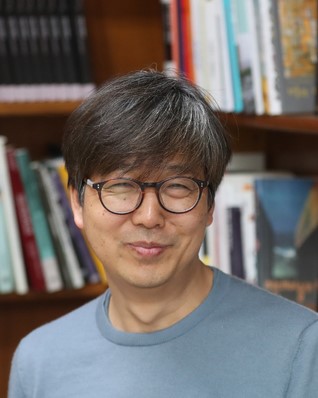
Artistic Director
Sangwoo Park
- Incumbent
- Professor, Department of Aesthetics, Seoul National University
- Main career
-
- 2019 Again, What is Photography?, exhibition curator
- 2017 Rodchenko's Photos, exhibition curator
- 2016 Return of Killed Photos: FSA Punch Photos, exhibition curator
- 2010 Seoul Photo Festival Photo Workshop, curator
- 2023 Ilwoo Photo Award Judge
- 2011~2018 Professor, Department of Photography and Imaging, Joongbu University

Curator
Michel Frizot
- Current
- Curator and Scholar of the History and Theory of photography
- Curatorial
-
- 2021 Co-Curator, Centre Pompidou, Paris Gaston Paris, Photography in spectacle
- 2019-2020 Fondation Henri Cartier-Bresson, Paris Henri Cartier-Bresson, Chine 1948-49, 1958 (then Taipei Fine Arts Museum)
- 2016 Curator, Musée Rodin, Paris Between sculpture and photography, Eight artists at Rodin
- 2014-2015 Curator, Maison européenne de la photographie, Paris Every Photograph is an Enigma (then FotoMuseum Winterthur ; Colectania, Barcelona)
- 2010-2011 Jeu de Paume, Paris André Kertész Retrospective Exhibition (then FotoMuseum Winterthur ; Martin-Gropius Bau, Berlin ; Magyar Nemzeti Museum, Budapest).
- 2000-2010 EHESS, Paris Senior Researcher, Professor of course of Master and PhD Supervisor
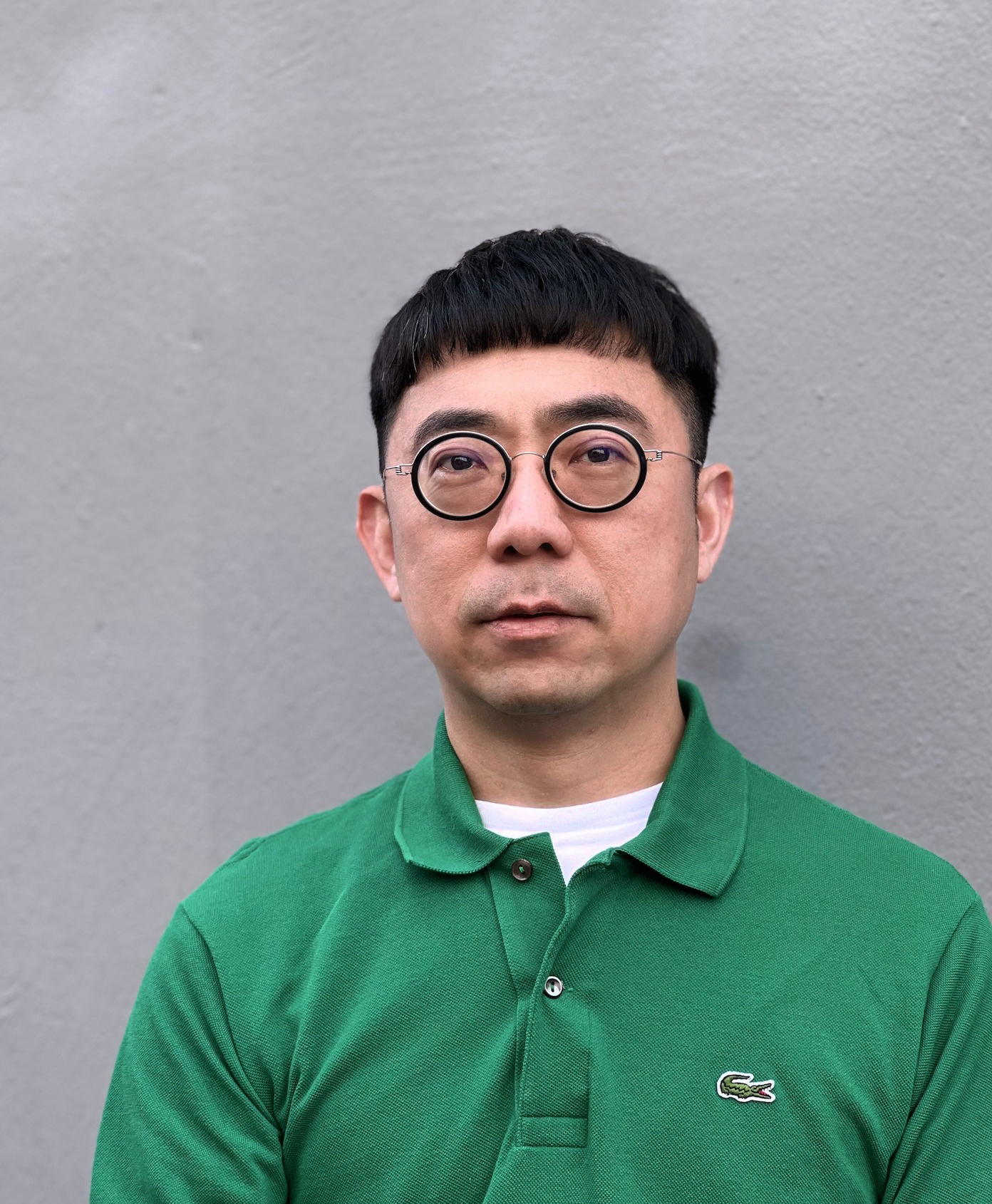
Associate Curator
Yinglung Su
- Current
- Researcher in the history of photography of Taiwan, independent curator
- Curator
-
- 2019-2022 Cartier-Bresson China: 1948-1949, 1958 Co-curator: Michel Frizot. Henri Cartier-Bresson Foundation, Paris; Taipei Fine Arts Museum; Museo delle Culture di Milano
- 2016 Every photograph is an enigma (Curating for Taiwan) Kaohsiung Museum of Fine Arts, Taiwan
- 2016 Mournful Morrow: Four Taiwanese Photographers Co-curator: Michel Frizot. Maison Européenne de la Photographie, Paris.
- 2002-2009 Assistant researcher, Exhibition Department, Kaohsiung Museum of Fine Arts, Taiwan
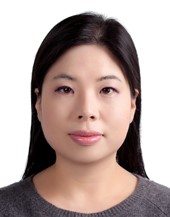
Associate Curator
Yoonjeong Koh
- Current
- 2023 Daegu Photo Biennale Associate Curator, Independant Curator
- Curatorial & Research
-
- 2022-2023 H Art Lab 2nd Researcher
- 2022 Between two beats, Seoul art space Geumcheon, Arts Council Korea: Outstanding Exhibition Support, Republic of Korea
- 2022-2023 Youngjoo Cho’s Anthology book
- 2018-2020 Total Museum Press Guest Editor

Coordinator
Yeongjee Choi
- Current
- 2023 Daegu Photo Biennale Coordinator, Researcher
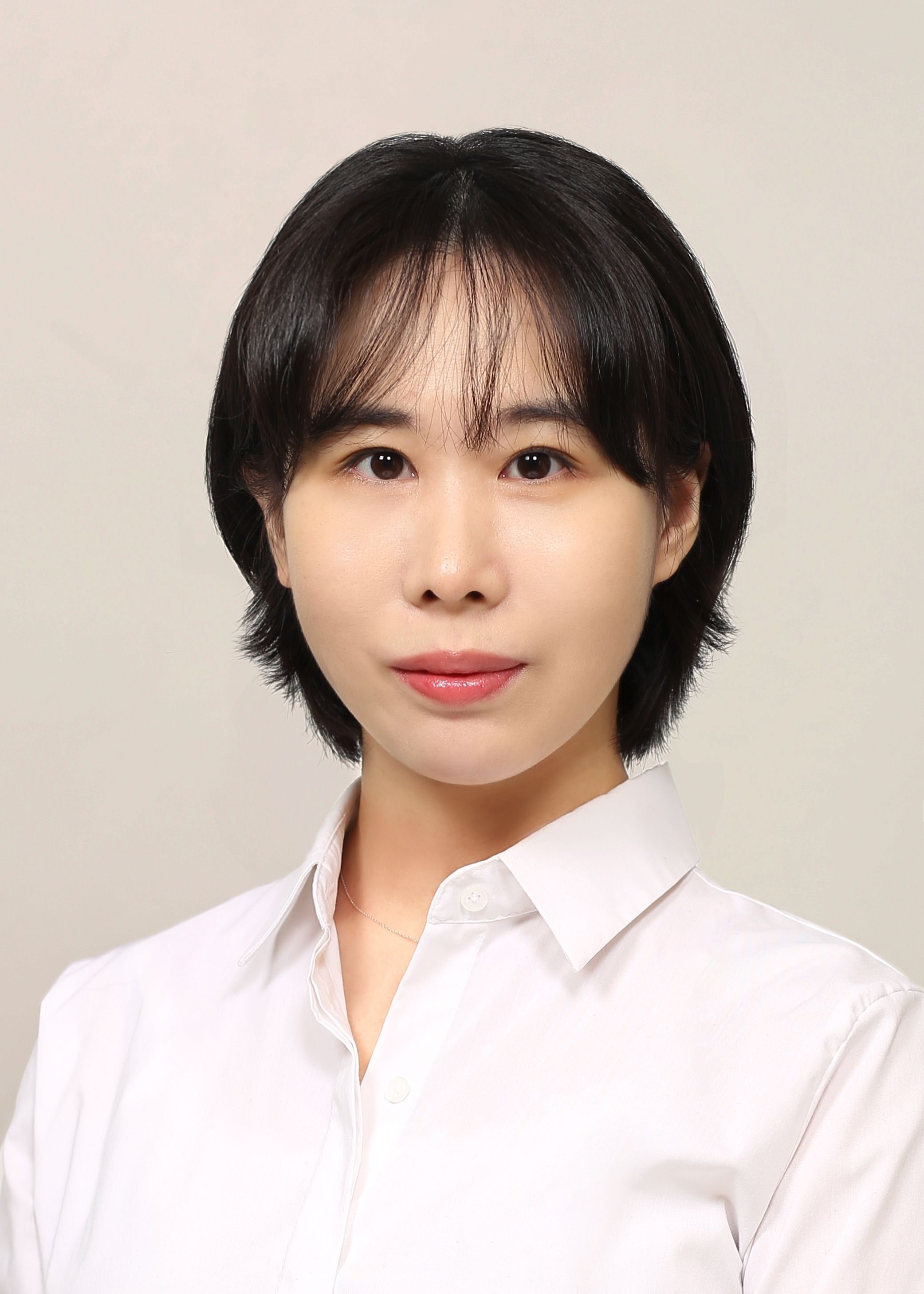
Assistant Curator
Hyounyoung Lim
- Current
- 2023 Daegu Photo Biennale, Assistant Curator, Researcher
- Curatorial & Research
- 2021 Mimesis Art Museum, Curator
Floriane de Lassée
Bâoli, India, 2017
In India, bâoli are stepped wells, with steps leading down to the water level. They have both domestic and religious functions and are sometimes linked to a temple. They served as places for rituals, meetings, and socialising. Their architectural design, like inverted pyramids, makes them strange monuments, charged with mystery by the gradual darkness that leads down to the water. But they are often almost dried out. Floriane de Lassée wanted to "bring out the splendour of some of them by isolating them from their original context and turning them into mysterious objects". It is the framing, the half-light and the arrangement of geometric shapes that give the images their unusual, almost surreal character.
Ana D & Noora K
Kaos I Series, 2020
The aim here is to 'reveal', through photography, unusual forms that emerge from the human body and convey, in the form of nebulous traces, 'the energy that is invisible to the eye'. In this series, Ana D & Noora K create a personal vision based on the female body in movement, at once very real, recognisable, and almost absent, reduced to a veil passing through the light. "Taking the subject in its raw form and capturing its uniqueness in relation with movement (...) to show how all particles transform from physical reality into a new form, transfigured by the magic of photography". They refer to Aldous Huxley's observation that "Consciousness is only possible through change; change is only possible through movement" (The Art of Seeing, 1942).
Terri Weifenbach
Untitled, 2016~2019
Terri Weifenbach pays intense and passionate attention to nature, in its most banal forms: bushes, small trees, garden plants. Nature that usually goes unnoticed. But she also observes it with the photographic eye (the eye of the camera), in perfect awareness of the metamorphoses and mutations that the photographic device introduces. The framing, the play of focus and optical blur on certain parts, open up an almost supernatural world, of which we can only decipher a few elements. By putting our eye into an opening or keyhole, we enter a kind of botanical cloud, rich with bizarre shapes and colourful nuances. A wild but delicate world, seen on the scale of an insect, as if absorbed by the photographic surface.
Will Matsuda
Susuki #2; Spit; Hayden and the butterfly, 2020; Phoenix, 2021
What writer and photographer Will Matsuda shows here are fleeting moments of beauty, sudden conjunctions that memory would like to preserve and that photography makes permanent. It is by photographing this apparition from a certain point of view and from a certain angle that the photographer gives it life, gives it a meaning that he wants to share. It is up to the viewer to take up a position of their own, to project themselves into a certain imaginary space in order to experience a similar sensation and understand the artist's intention. The hand holding the mirror is not so important, because it is the moon that the photographer wants to show, in a pocket mirror. We are reminded of the words of Charles Baudelaire: "I have (...) pure mirrors that make all things more beautiful: my eyes, my wide eyes" (poem "Beauty", 1857).
Mikiya Takimoto
Le Corbusier, 2018
Photographer, graphic designer, film director and cinematographer Mikiya Takimoto has been particularly interested in and influenced by the architecture of the Bauhaus design school in Dessau (1925~1926, rebuilt and renovated), about which he published a book in 2005. Another source of inspiration and 'nostalgia' is the architect Le Corbusier, whose architecture he photographs at the Couvent de la Tourette in France. The aesthetics of curves and conical forms, the "shafts of light" so dear to Le Corbusier whose surfaces are painted in bright colours, are the pretext here for a modernist homage. The framing favours the resonance of curves, a graphic composition of the photographic rectangle that seeks sober balance and the surprise of coloured harmonies that emerge in the half-light, as if wandering in the cosmos.
Debiprasad Mukherjee
The Faces I remember, 2018
The photojournalist, who lives in Kolkata, India, is familiar with difficult social issues, and has taken a particular interest in street children (such as Shahrukh, aged 7), children on railway platforms and deaf-mutes. He spends time making contact with them and following the ups and downs of their often dramatic lives, with their share of games, dangers and group camaraderie. In this selection, the strangeness of the framing and the situations are combined with a closeness expressed by the way they look at the photographer - looks that are the vital and defining subject he is trying to capture. In this empathetic relationship, each needs the other. The photographer, by activating his camera, legitimises their struggle for life and their expectations; opposite him, the children's gazes bear witness to the trust but also the uncertainties of photographic interdependence.
Hui-Yu Lo
The Self-gazing of a mother, 2016~2018
This series is about various forms of "interrelationships". In the words of Hui-Yu Lo, "it talks about the identity of a mother of twins and the relationship between the mother and children." Having photographed her twins' early years extensively, Hui-Yu "turns the camera to (her)self" when they leave for nursery school. Both mother and photographer, it is she who sets the scenes, who decides what sensitive impressions she wants to convey. Always standing in the foreground, eyes closed, without taking the viewer as a witness, asserting her status as a mother who watches or worries. Present and absent, while the children go about their natural, autonomous business. "In this, I explored the contradiction of a mother wanting independence and intimacy at the same time.”
Feng Li
Illustrations. White Night Series, 2022
The photographer from Chengdu uses photography to record his personal experiences, his encounters, and the hectic activities of the circles of friends in which he moves. Between the recurring self-portrait and the daily capture of incongruous or playful situations where everyone is exposed to view, Feng Li discovers or provokes unexpected images, like a diary of visual notes that he distributes widely. The only constant is that of the inventive shift, the fanciful idea that is shared, the search for a style in which photography serves as a vehicle for extravagance and ordinary little deliriums. In the world of White Night, "when the day meets the night", and noon and midnight are confused.
Bohnchang Koo
Europe, BW, 1980~1984
In the early 1980s, Koo Bohnchang's photographs taken in Europe were a way of discovering Western cultures and experiencing unfamiliar urban situations ("encountering the world through the lens"), but also of indirectly discovering one's own identity and perspectives. These photographs place us 'at the perceptual centre of a personal universe' (Alasdair Foster) through immediate visual notations, instant reactions to innocuous arrangements. These unforeseen configurations are picked up in the street, intercepted by the eye, pinned like a souvenir on the wall, because they 'make sense' in the moment, for the photographer. And for us, the viewers, they also speak of being there, alive and human, capable of improvising a story beyond the image. Imagining the before and after of each image, a short sequence of life that connects us with the photographer's personal sensations.
1A
The camera records the state of things
It is the action of the camera alone that comes into play here, the simple and direct action of capturing an image. This image shows a "state of things" as seen by the camera. What makes it so unexpected is the fact that it is a photograph, a technical process that transcribes perspective, depth and the interplay of light and shadow onto a rectangle. Despite its precision and resemblance, this image has little in common with what the human eye perceives in the same place. Through photographic framing, a place becomes an autonomous entity, isolated from its context. Through the photographer's selection of space, the site or monument takes on a " spirit of the place ", an enigmatic meaning given to it by the photographic celebration, by its delimitation and by the interplay of forms. The astonishment comes from the organization of the space and the strangeness of the place.
1B
The camera reveals unexpected forms
The way in which the camera works, mainly by recording light sources over a short and limited period of time, is unique to photography. It makes forms appear in the image that cannot be perceived by the human eye because they are too fleeting, too dim, or too rapid in motion. While photographs fix moving objects in a stationary position, motion blur erases the contours of objects. Photography alone has produced these strange appearances, and these figures have become valid representations of phenomena through familiarising us with them, thus adding to our imaginary vision.
1C
The camera discloses its own perceptive world
If we look closely, what the photographic image shows is far removed from the usual capabilities of our visual perception. We are not looking at a natural space as we would see it if we were there in person, but at a 'graphic' proposition whose criteria are strictly photographic. What we see there has been transformed by the camera. The specific properties of the camera reveal another reality, that of a physical world whose aesthetic and poetic qualities astonish us. As viewers, we seek to recognise our familiar world, while at the same time welcoming with curiosity this parallel world of unexpected forms, which makes us doubt the real extent to which our vision is effective.
2A
The photographer takes a stand
Photographers react to what they see and make decisions. They position themselves in the space to best show what they have chosen to highlight. They position themselves physically and mentally, to reinforce a photographic effect, a perspective, or an aesthetic impression. The photographer asserts himself through this optical and mental "point of view". He imbues the image with a particular meaning of his own. The photographer also works with a view to communicating his image, depending on the viewers for whom the photograph will have a value of sharing, of friendship or humour, of combat or tenderness. Above all, he wants us to 'see' what we have not seen, but which he has seized as an opportunity for photographic emotion. A moment of visual exaltation, captured on the move.
2B
The photographer imparts aesthetic intentions
Photography has its own aesthetic possibilities that have become standards in the world of images. It is on the basis of these photographic capabilities that the photographer develops his or her own motivations, intuitions and desire to surprise. He uses framing, lighting, the placement of objects and his technical skill to transform a banal subject into a surprising image. The distance from the subject, the angle of view and the subsequent reframing of the image suddenly turn it into an enigmatic or attractive "work". Photography has the power to enhance things, materials, and shadows. The photographer uses it to create a demonstrative composition that gives the image maximum effectiveness.
2C
The photographer’s paradoxical presence
The photographer is the master of all the decisions that "make" a photograph. But he makes this image by being external, by utilising a complex device to achieve a goal. The photograph indirectly bears the marks of his presence, and the viewer sees and feels this presence. It becomes more visible when the subjects photographed themselves behave in a way that is directed towards the photographer and the camera. This moment, when the subjects of the photograph point to and accept the photographer's action through their gaze, places them in a direct relationship with anyone who subsequently looks at the photograph. Originally, the gaze may have been intended for someone, an absent but identified person. But now we ourselves are part of the photograph we are looking at. We enter the emotional field where the other's gaze seizes ours and makes us understand our self-conscious presence.
3A
The frame enhances interrelationships
The limited field represented in a photographic image is only a portion of the space that was in front of the camera; it is this delimitation that has been selected by the photographer to represent the photographed subject. For the viewer, interpretation takes place within this restricted space, where he or she must understand the elements that the photographer has identified and how he or she has combined them. A photograph is a composite whole that the viewer goes through, looking for the reasons why the image was taken, looking for clues to understanding. But the question remains: is it the subject who has presented himself in this way, is it the photographer who has organised the scene to his liking? Or is it the viewer who hesitates in his interpretation of the photographic unexpected?
3B
The subjects make a show of themselves
In this case, it is the subject that shows originality and stands out for its unexpected features. The subject has stood out to the photographer by its paradoxical appearance, or the photographer has in some way provoked the fantasy or the oddity. In any case, it is the photographer who validates it by recording it. Photography had instituted rituals of posing, which imaginative subjects sought to go beyond in order to impose a more personal image of themselves. The photographer takes part in this, out of a concern to provide more expressive images, to satisfy a curiosity, or to do justice to a creative individuality. The viewer is confronted with unusual proposals that broaden their vision of the world and connect them to a parallel universe.
3C
The mind pursues an ongoing story
The photograph, an image fixed for all time, concerns only a partial isolated place, and a specific moment in a vast and evolving context. It only reproduces appearances, scattered clues that in themselves carry a factual authenticity, without guaranteeing any certainty. The viewer, unaware of the real motivations of the photographer at the time of taking the photograph, seeks to detect in the image a coherence, a likelihood, a continuity that would be that of a "story" that is only half revealed. The viewer projects himself into the photographic image, into its characters and objects, with the feeling of bursting into a fictional episode. They feel involved because the image evokes intangible feelings and resonances within them. The viewer mentally participates in a story that he or she is unaware of.

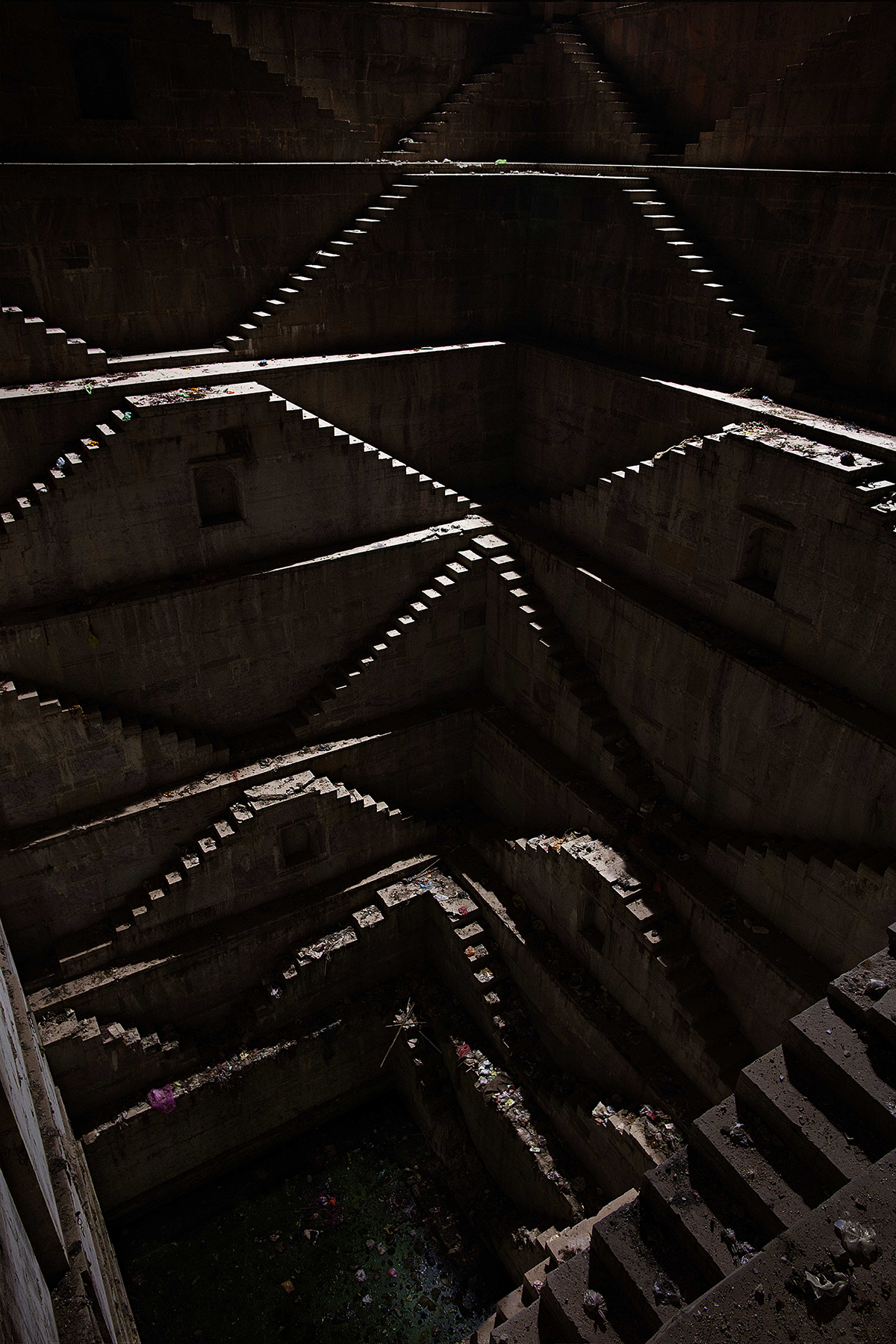

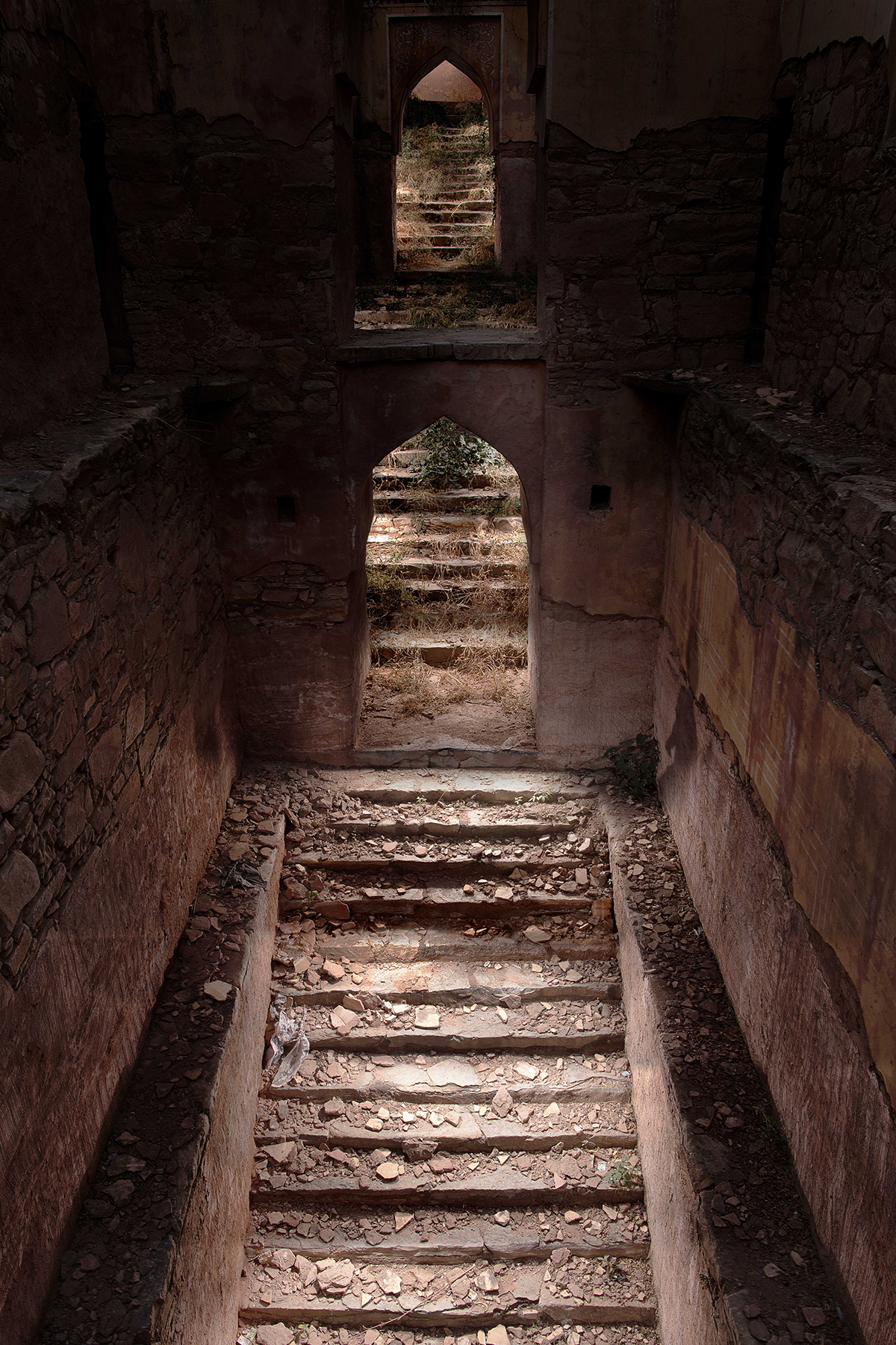
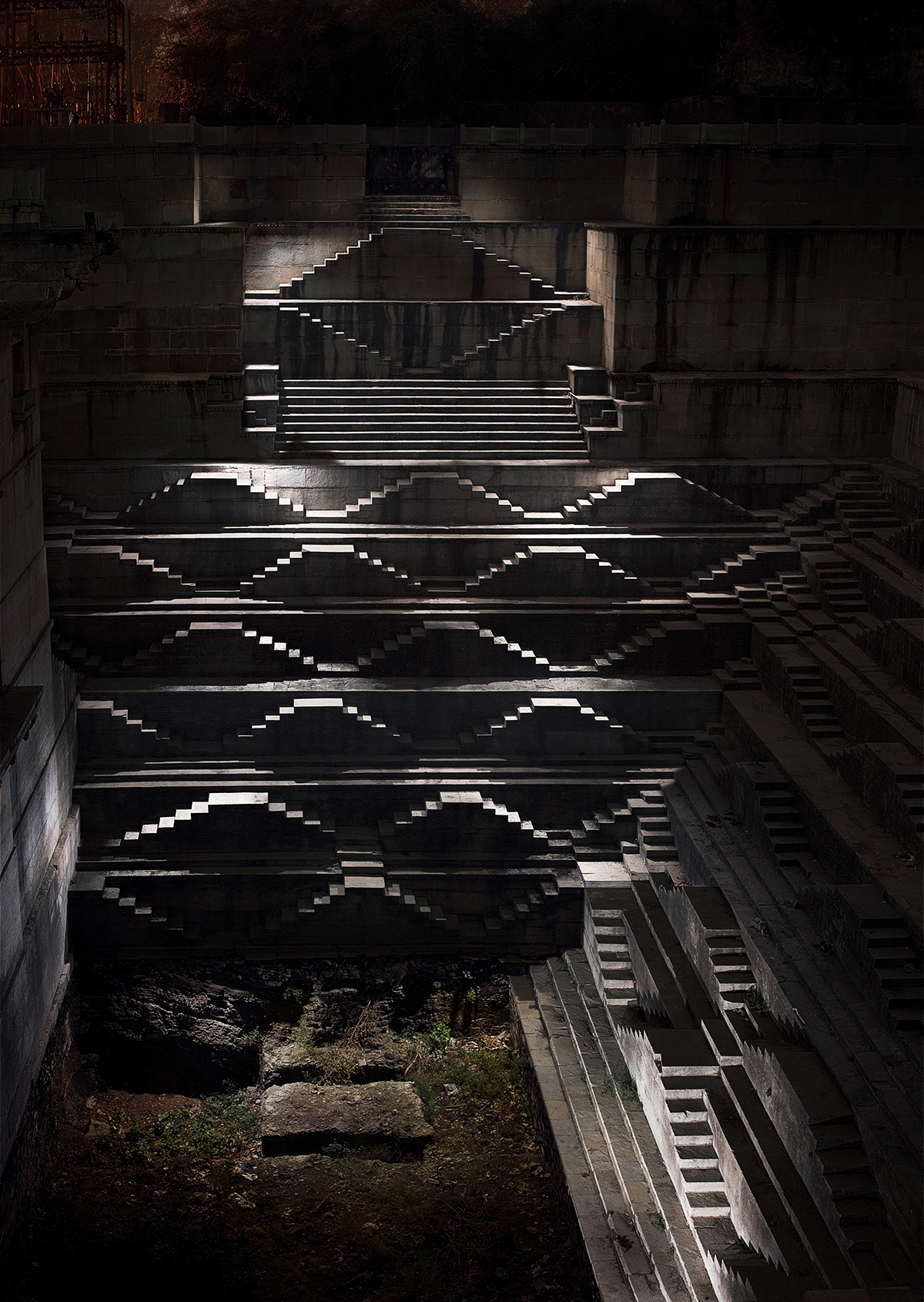
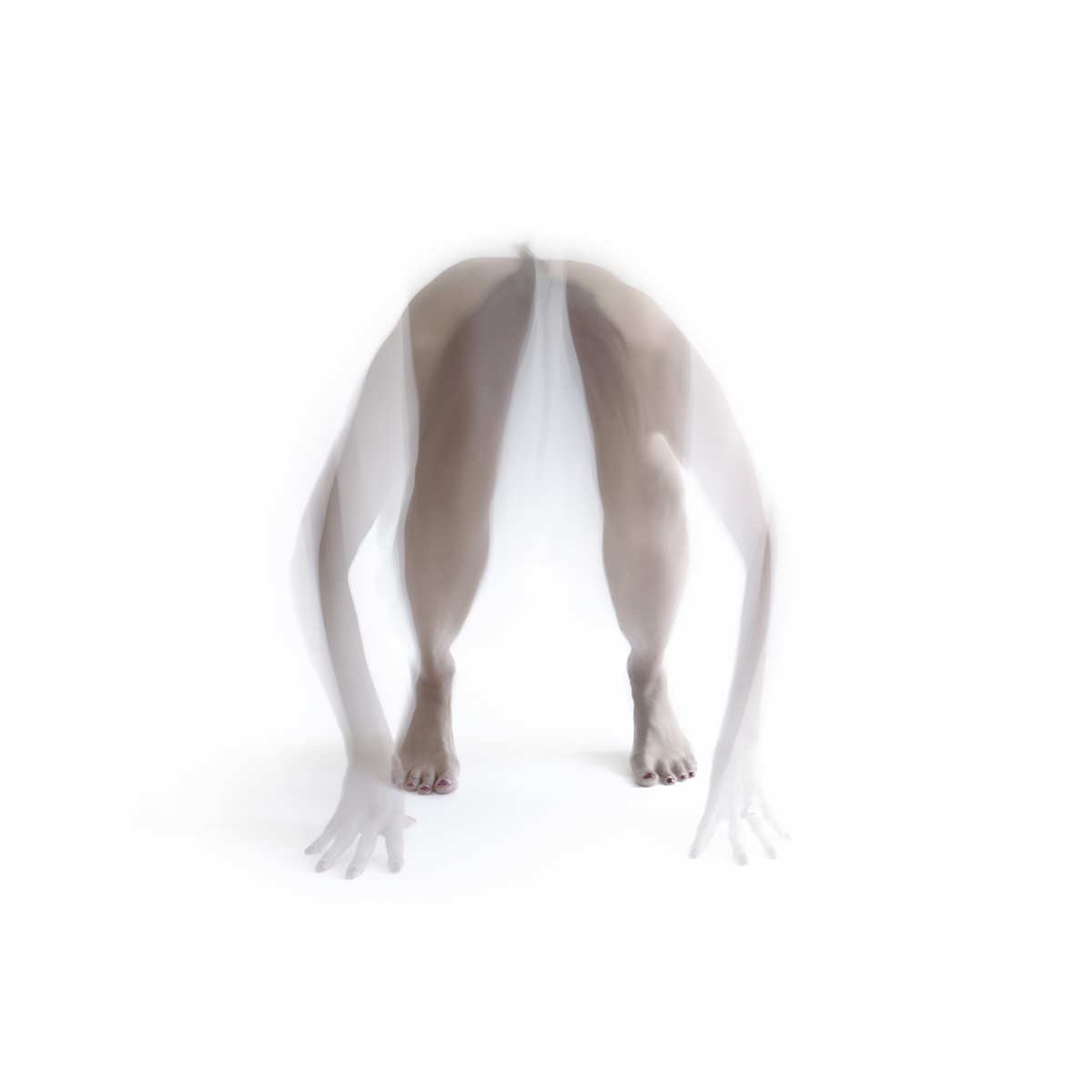
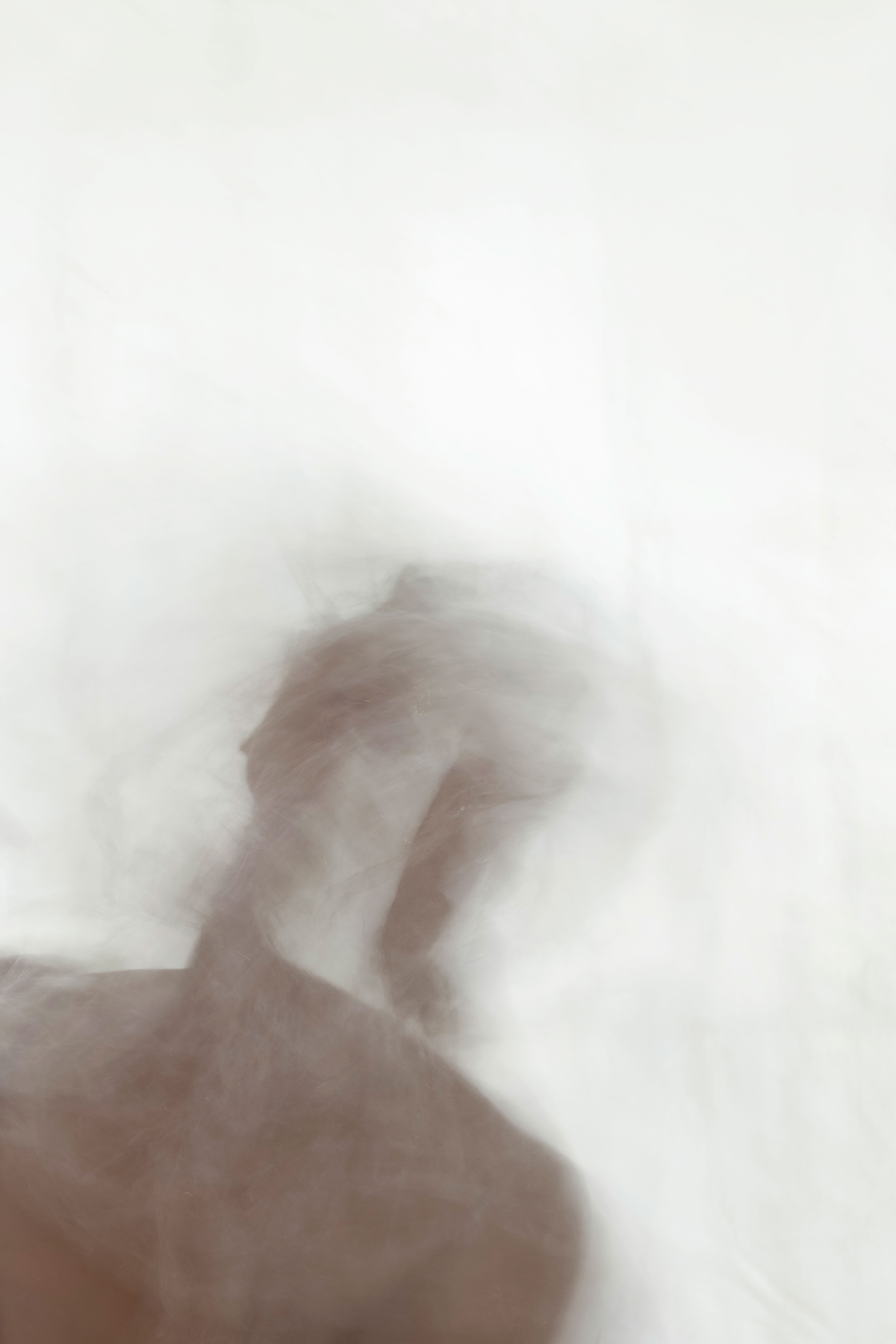
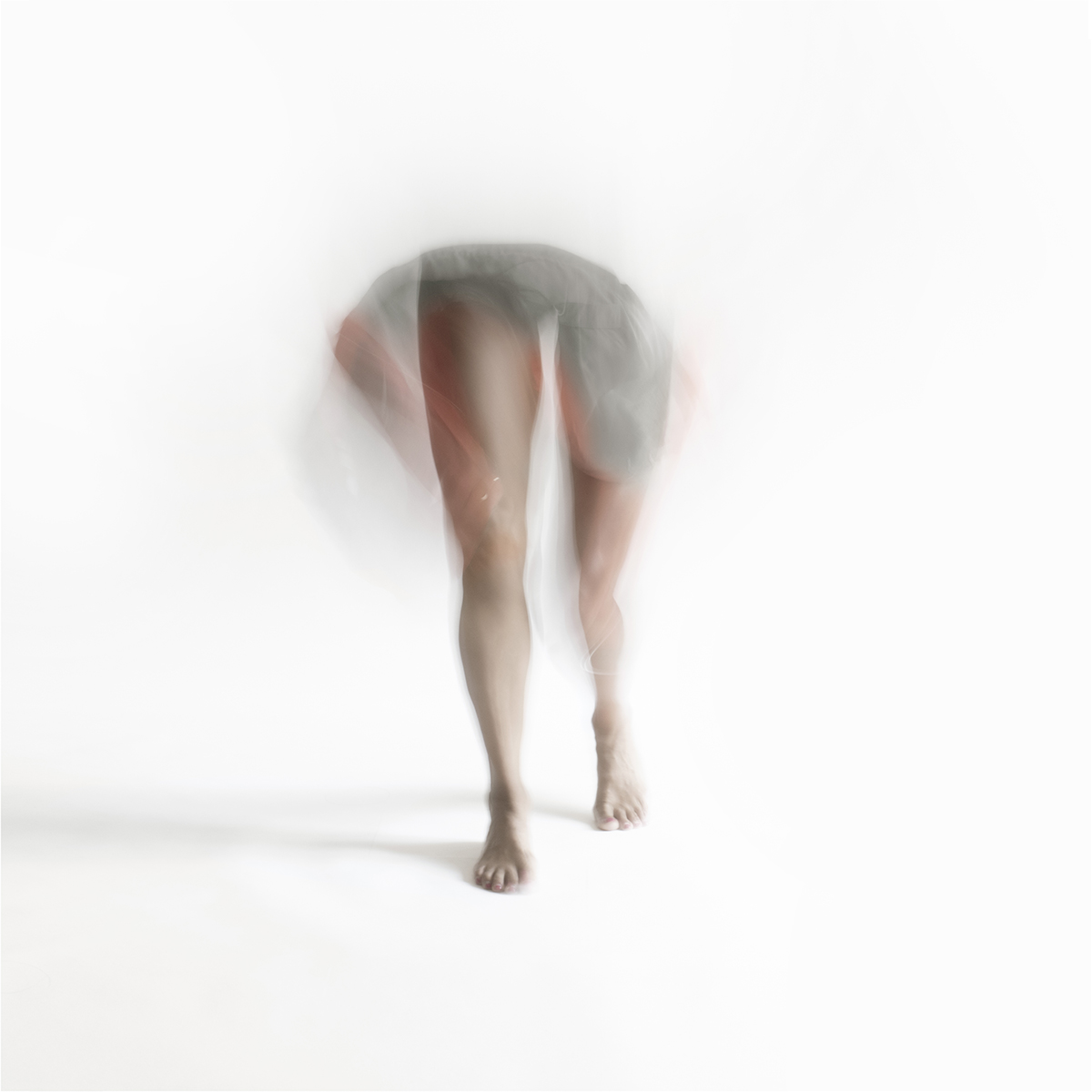

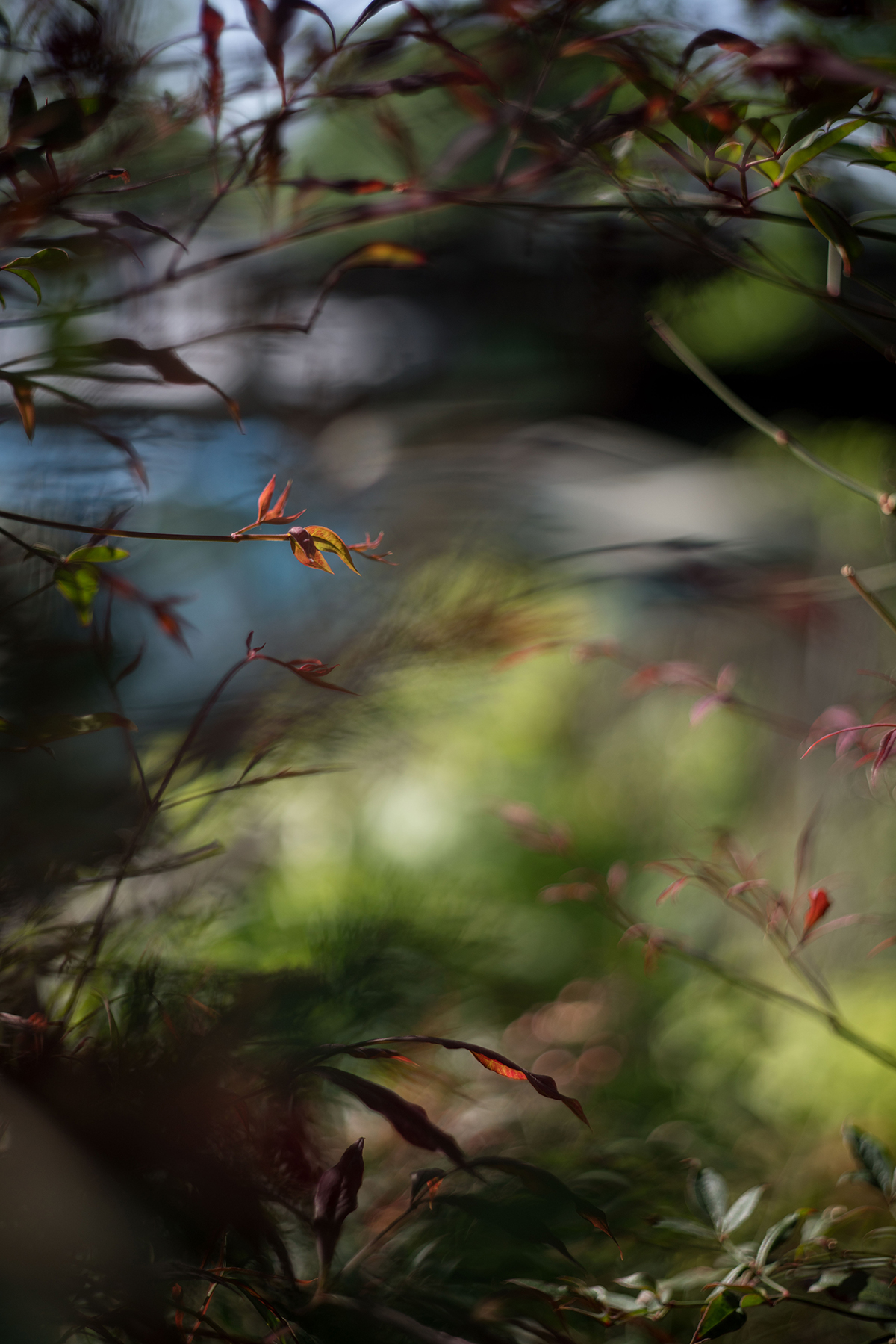
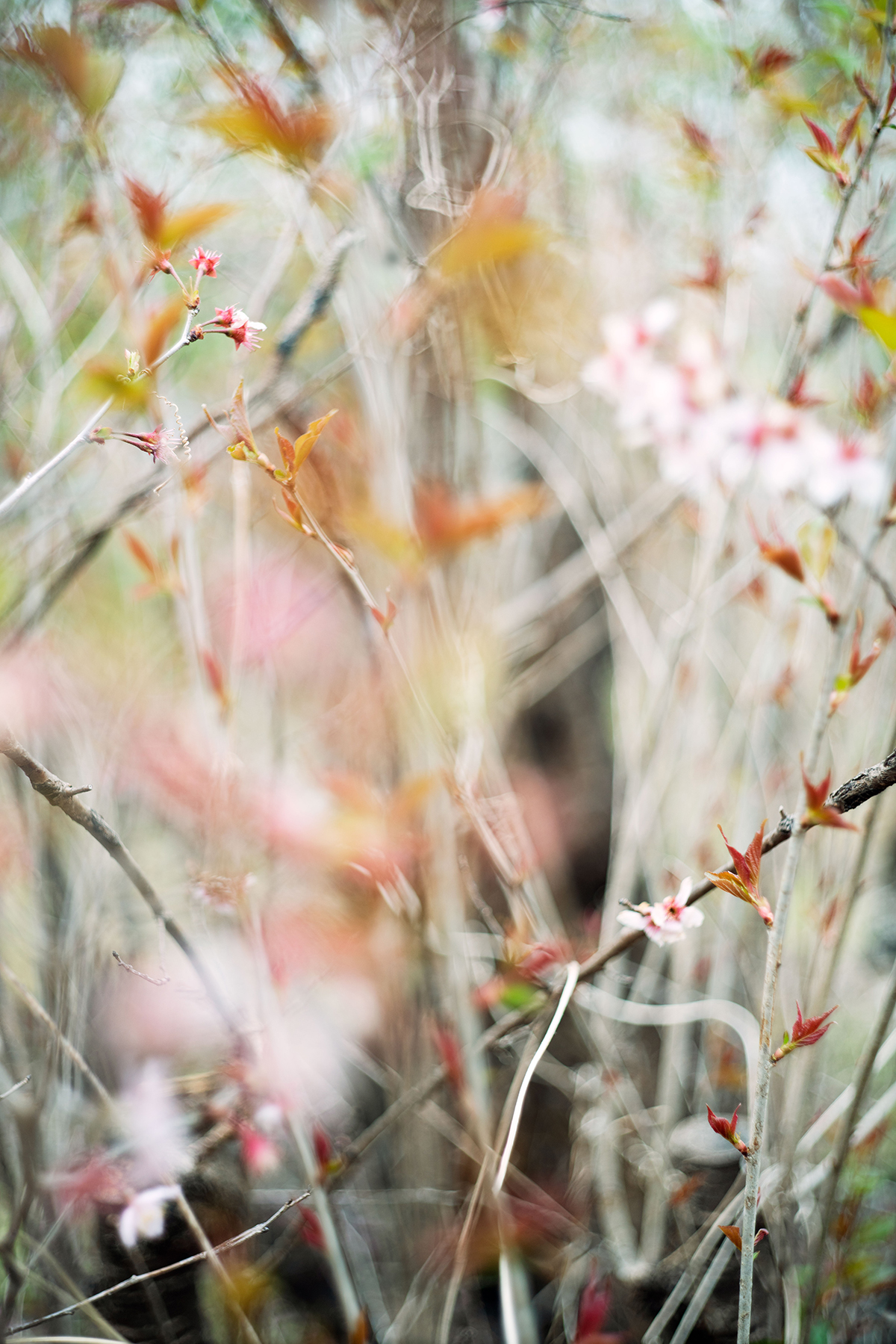
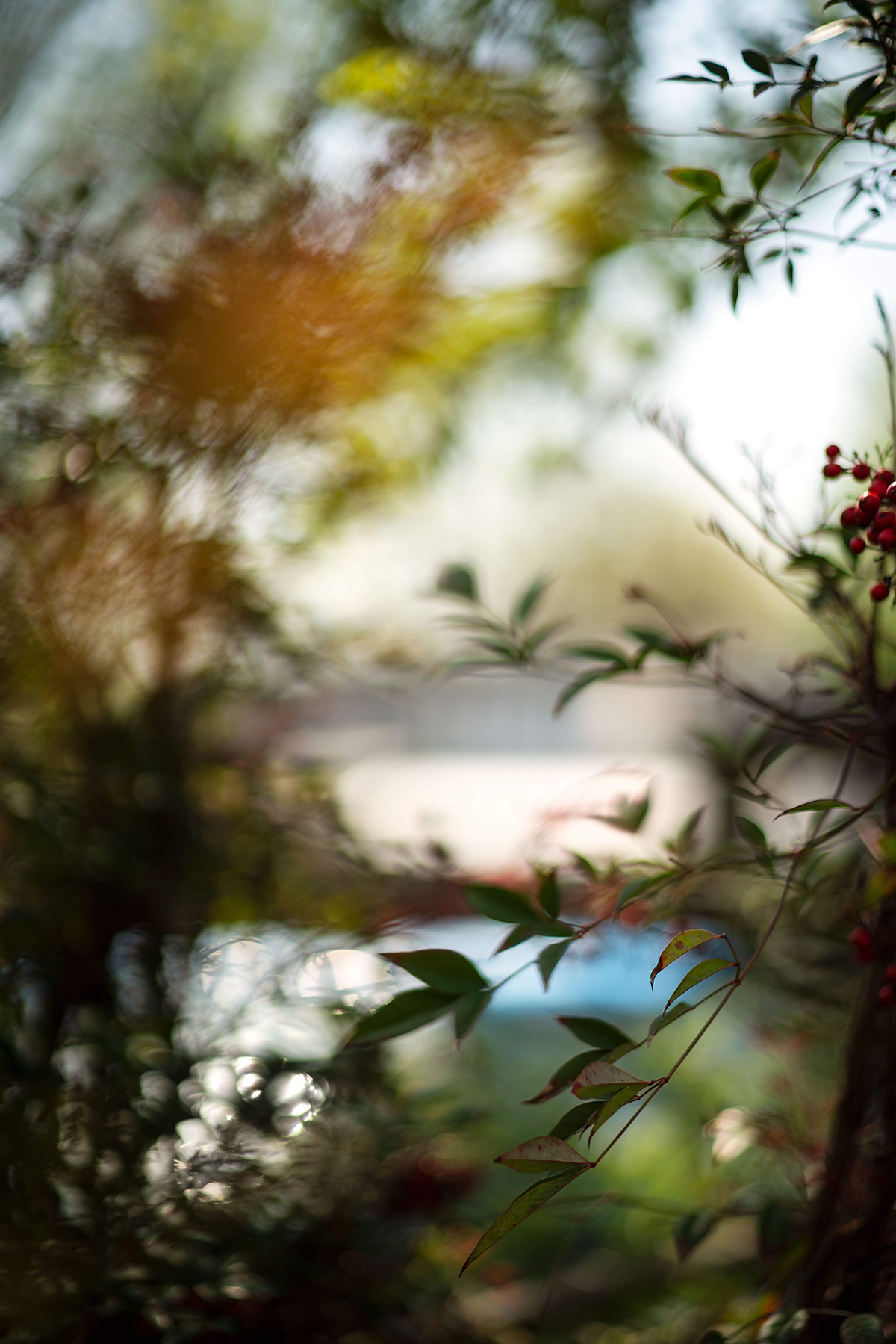

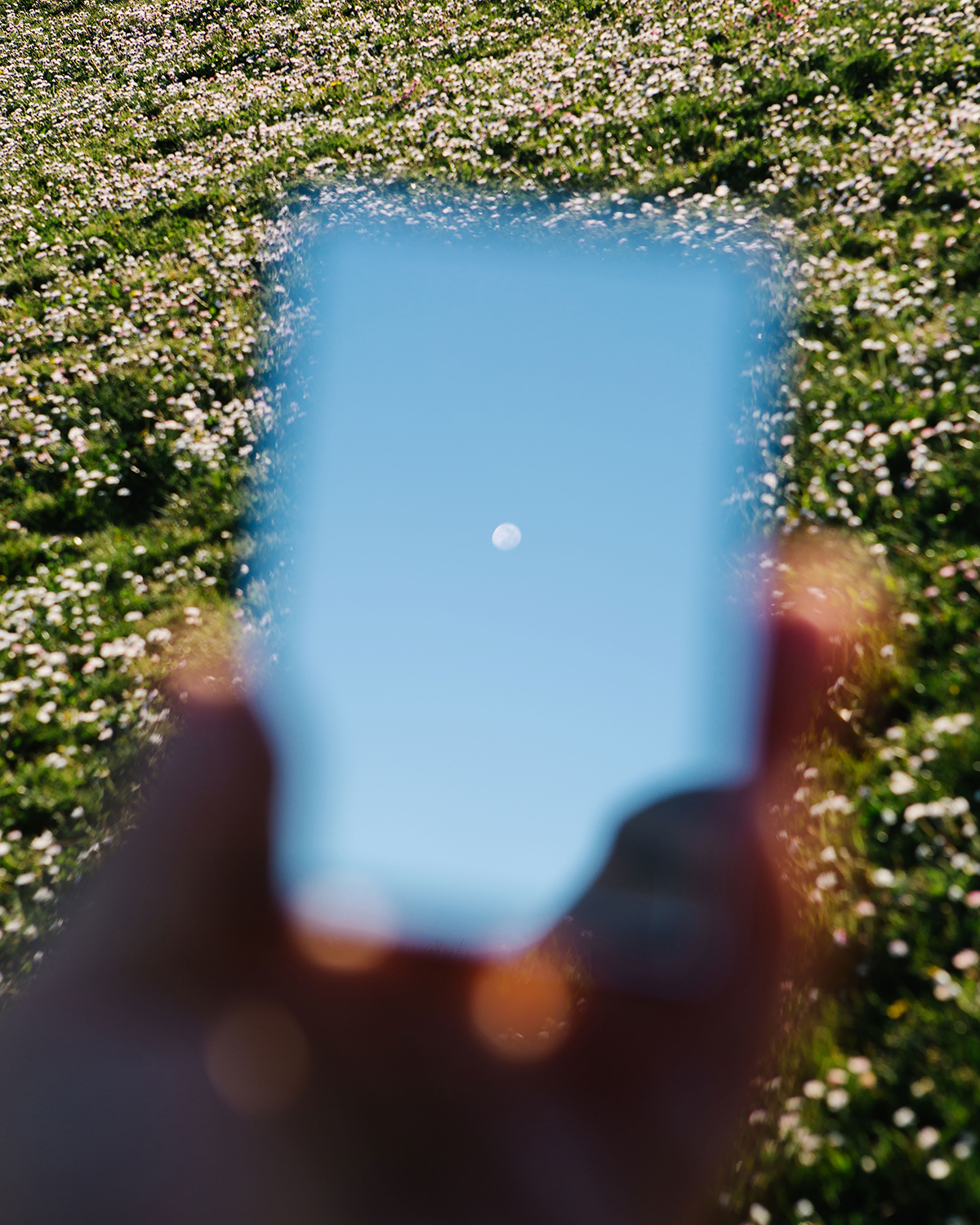
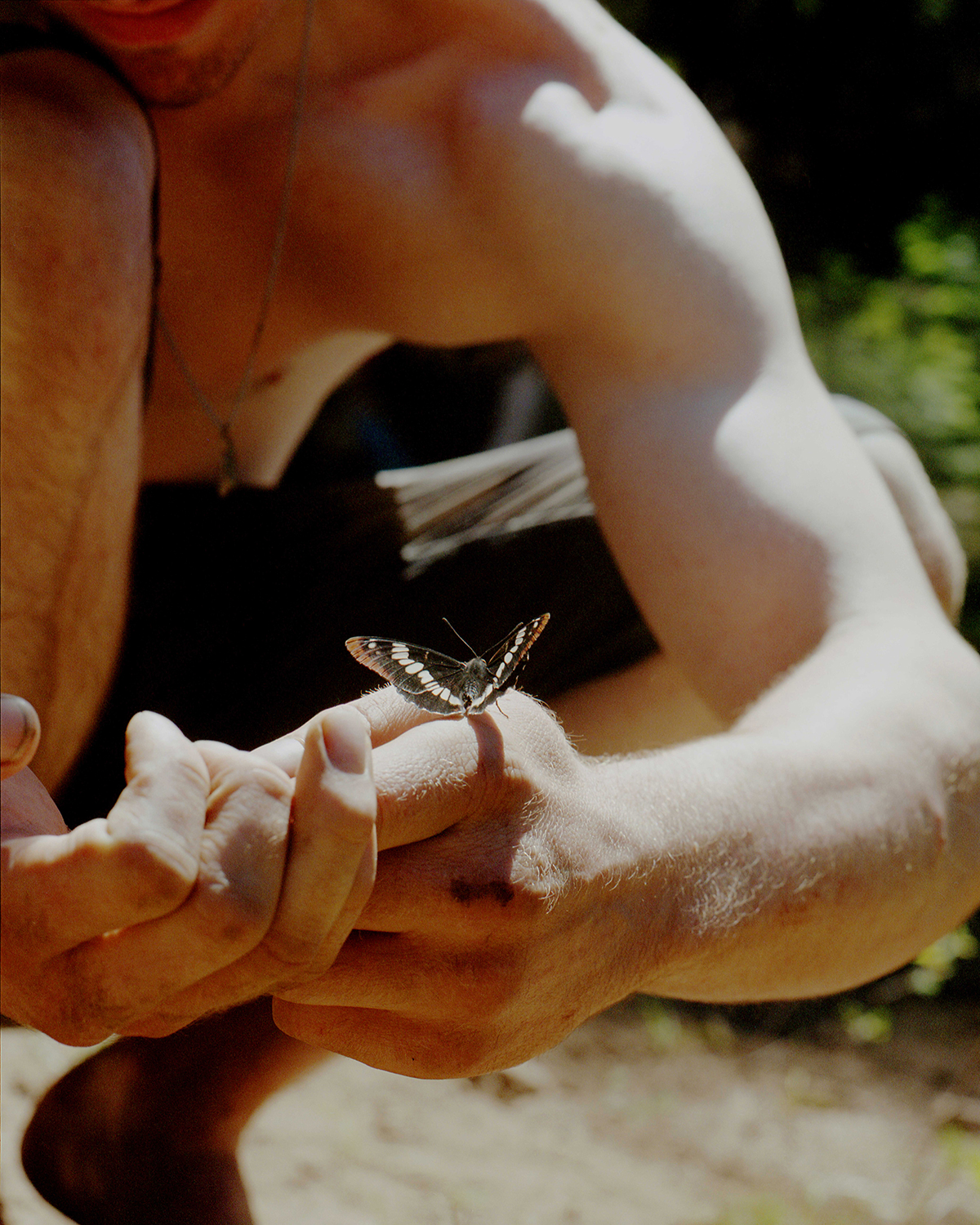

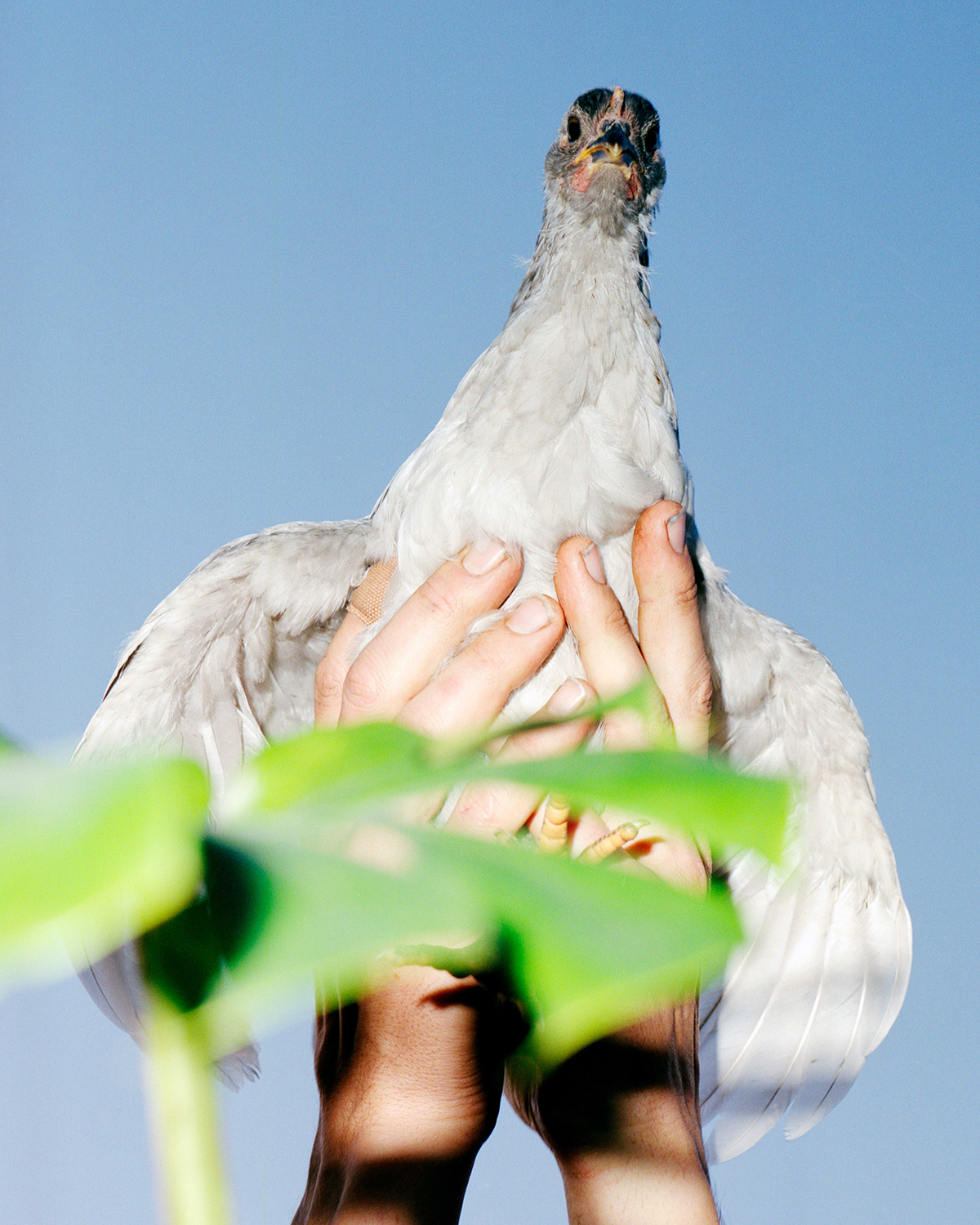
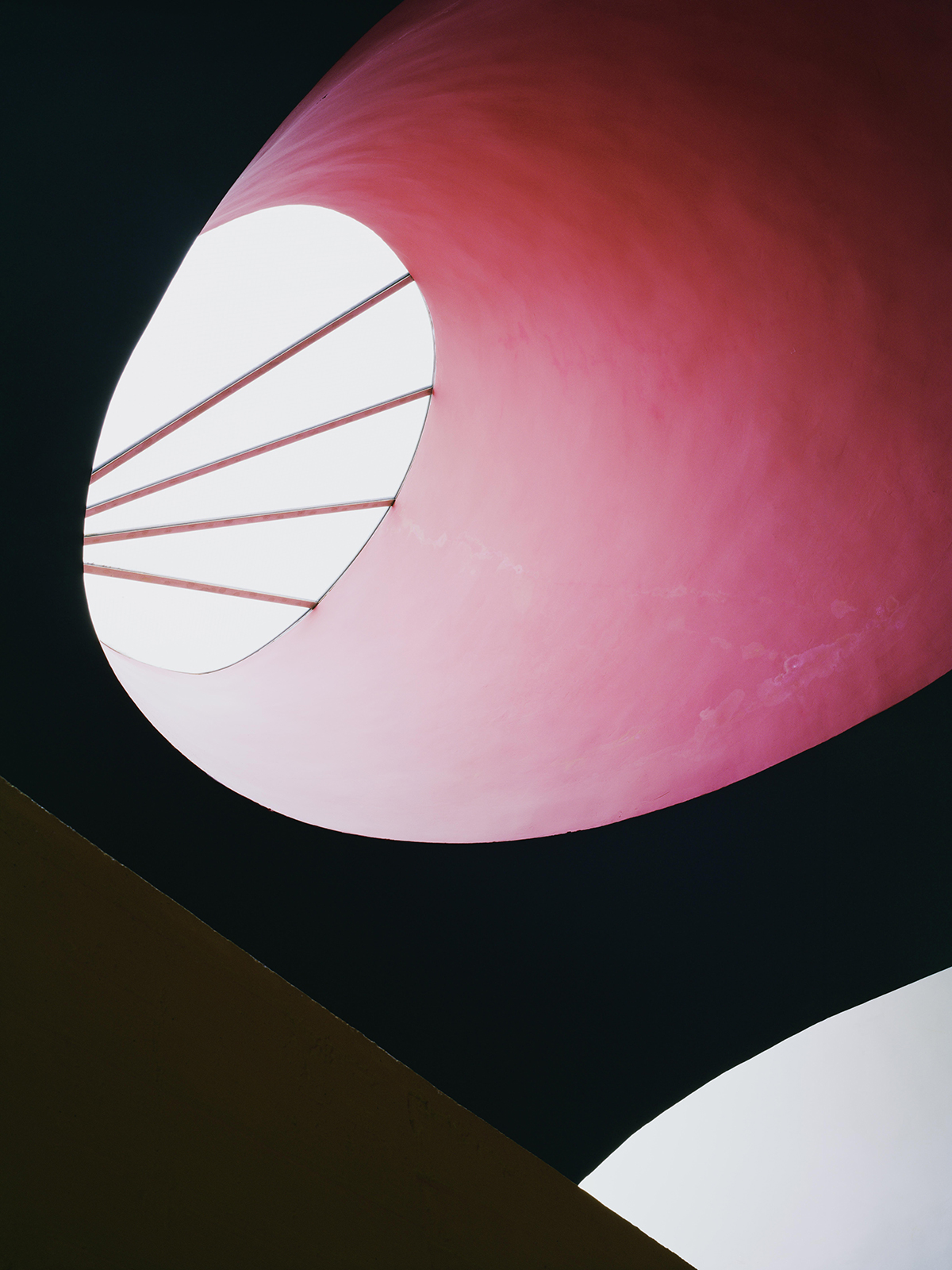
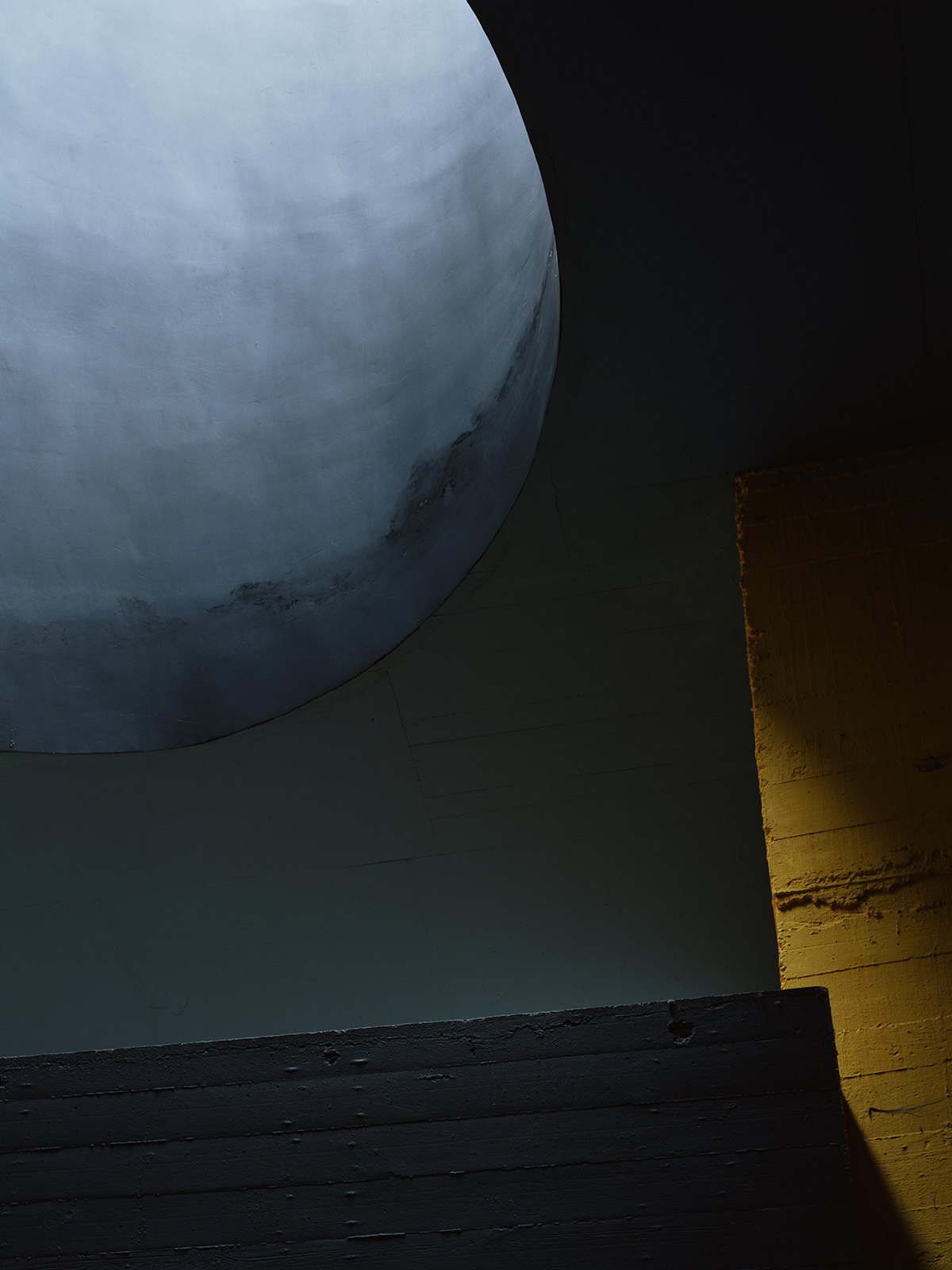
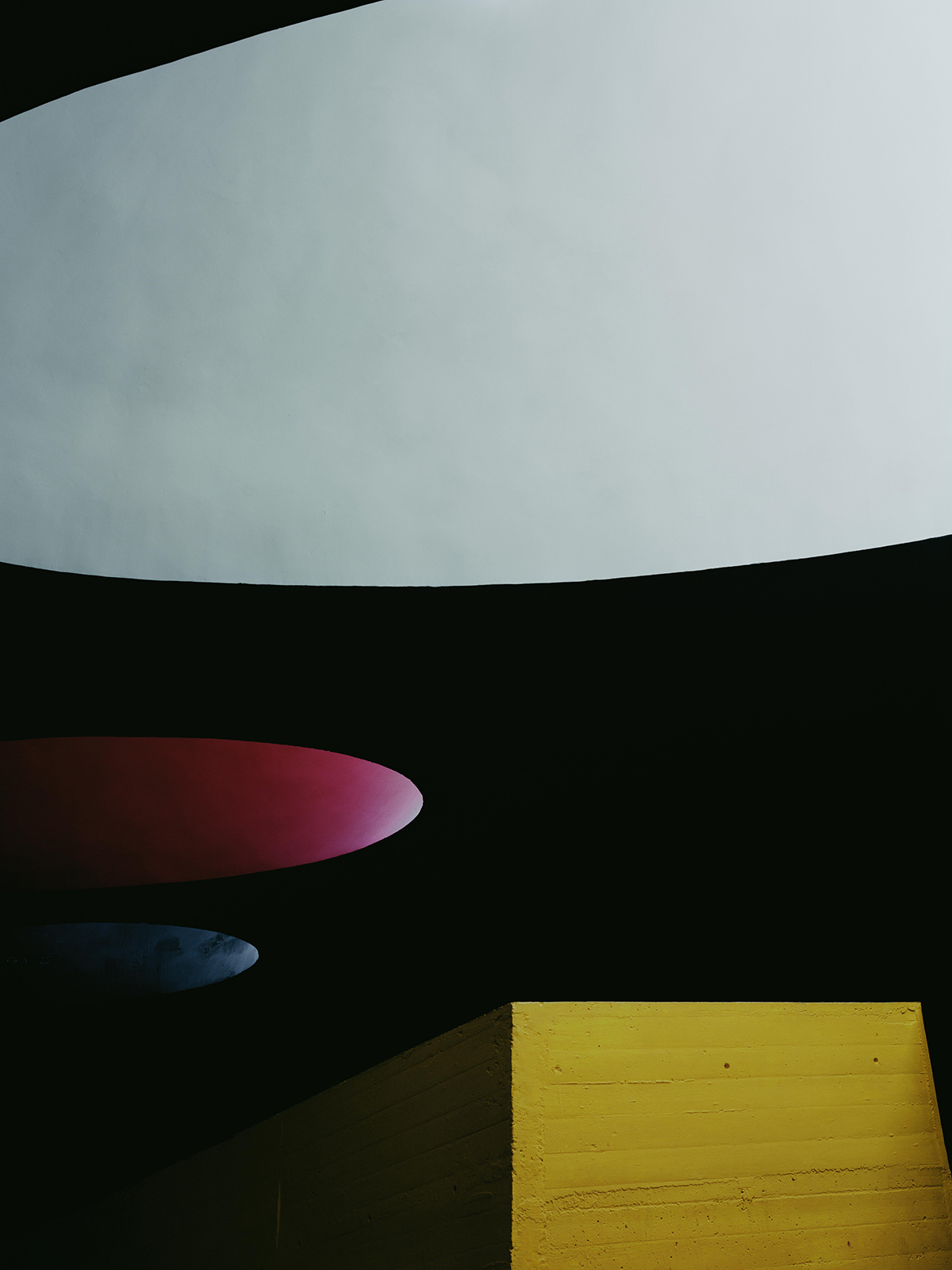

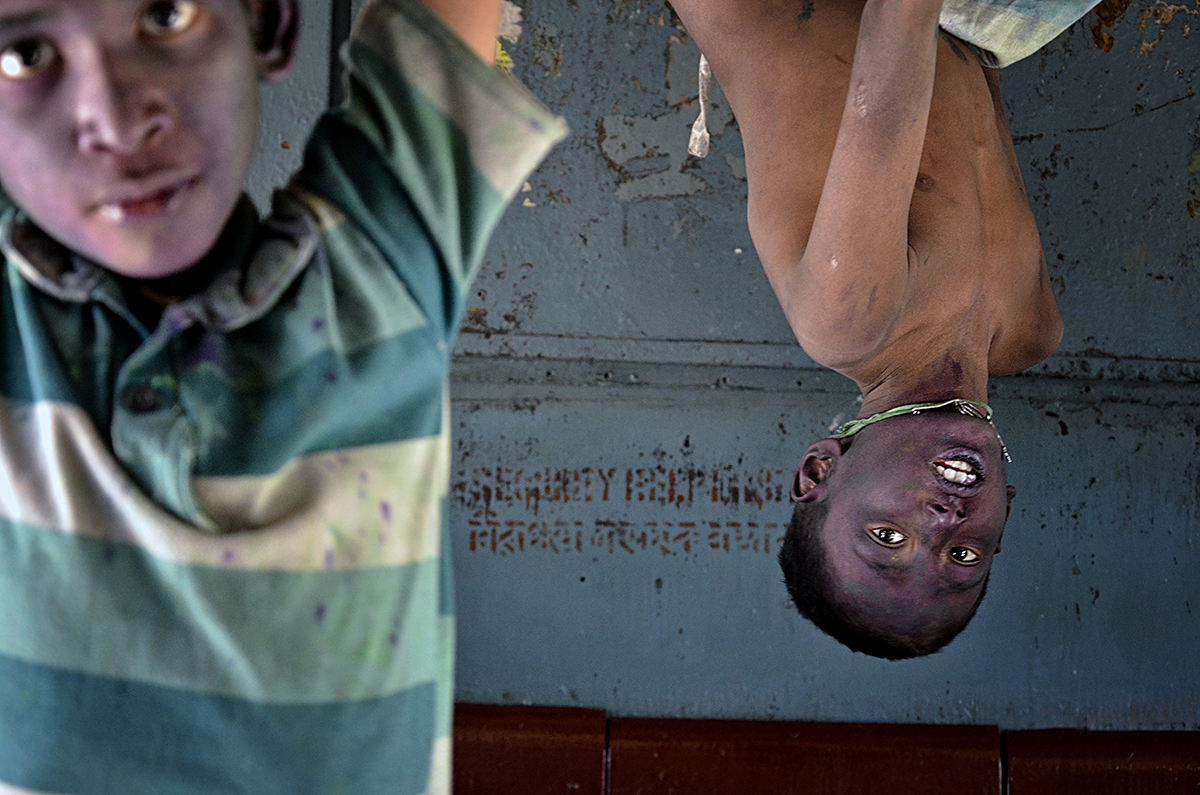
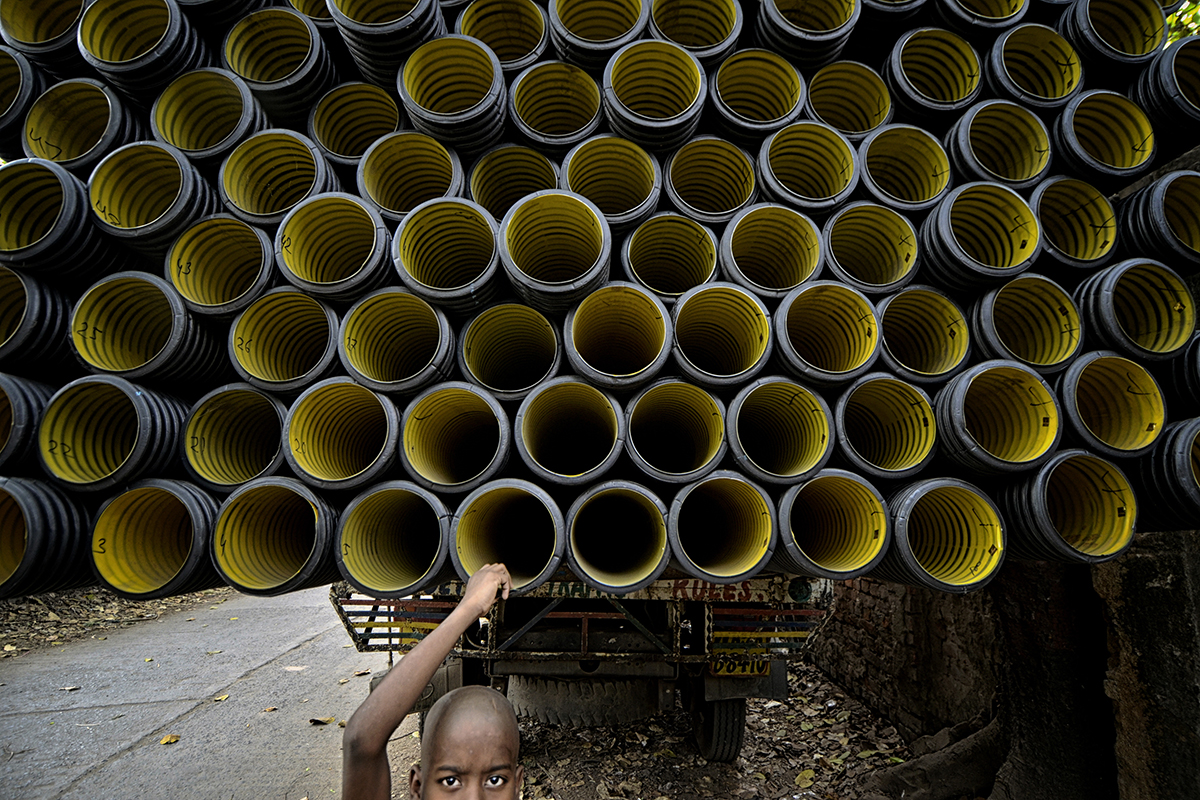

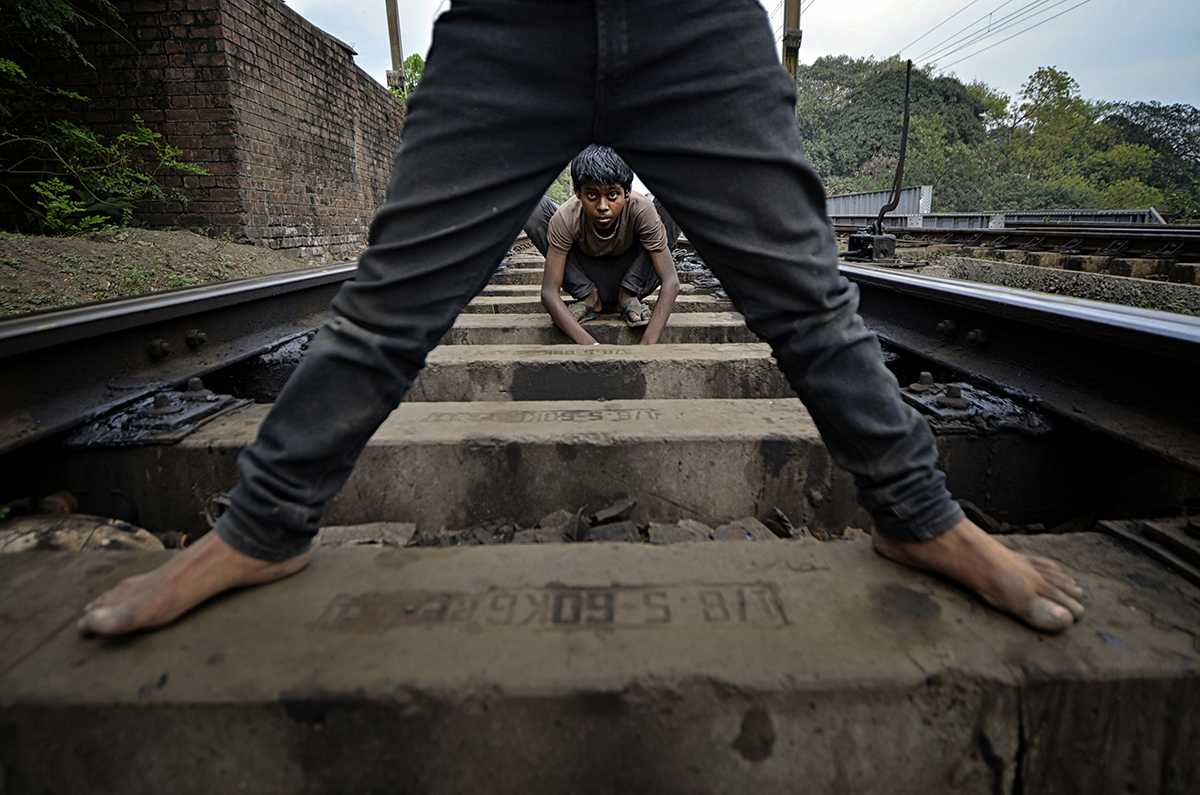
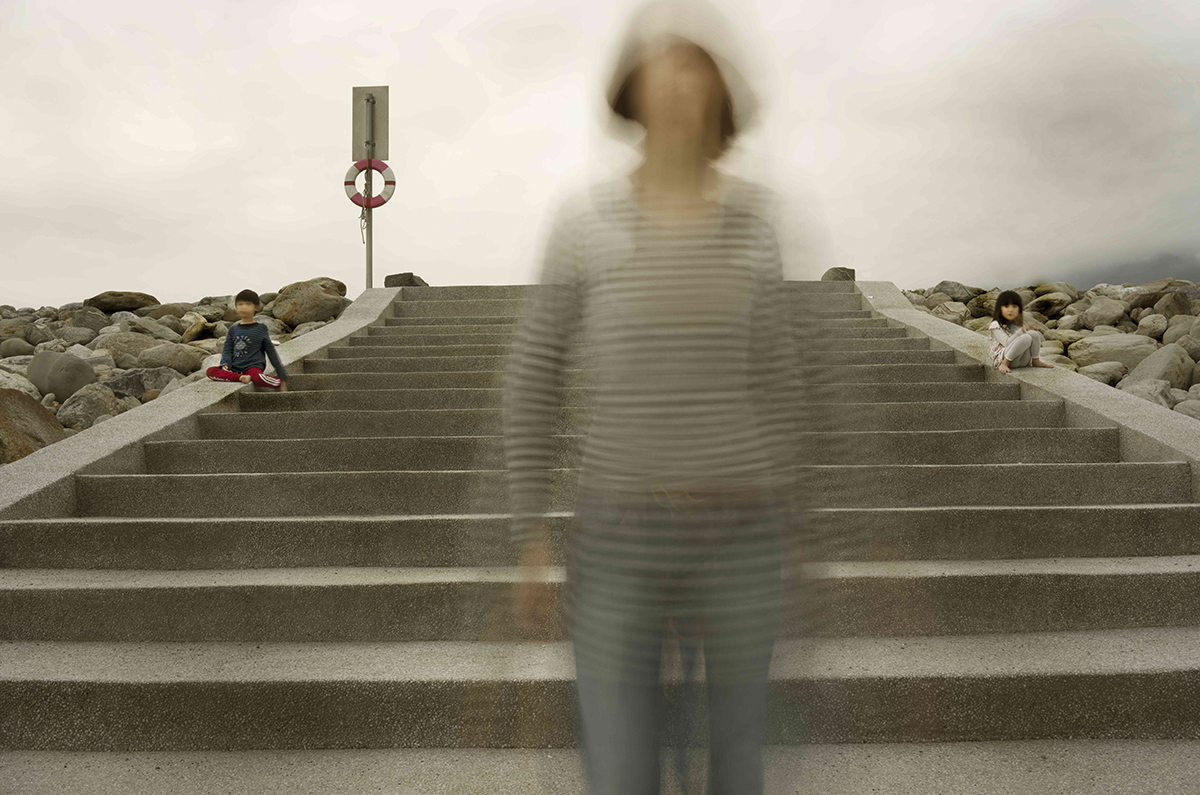
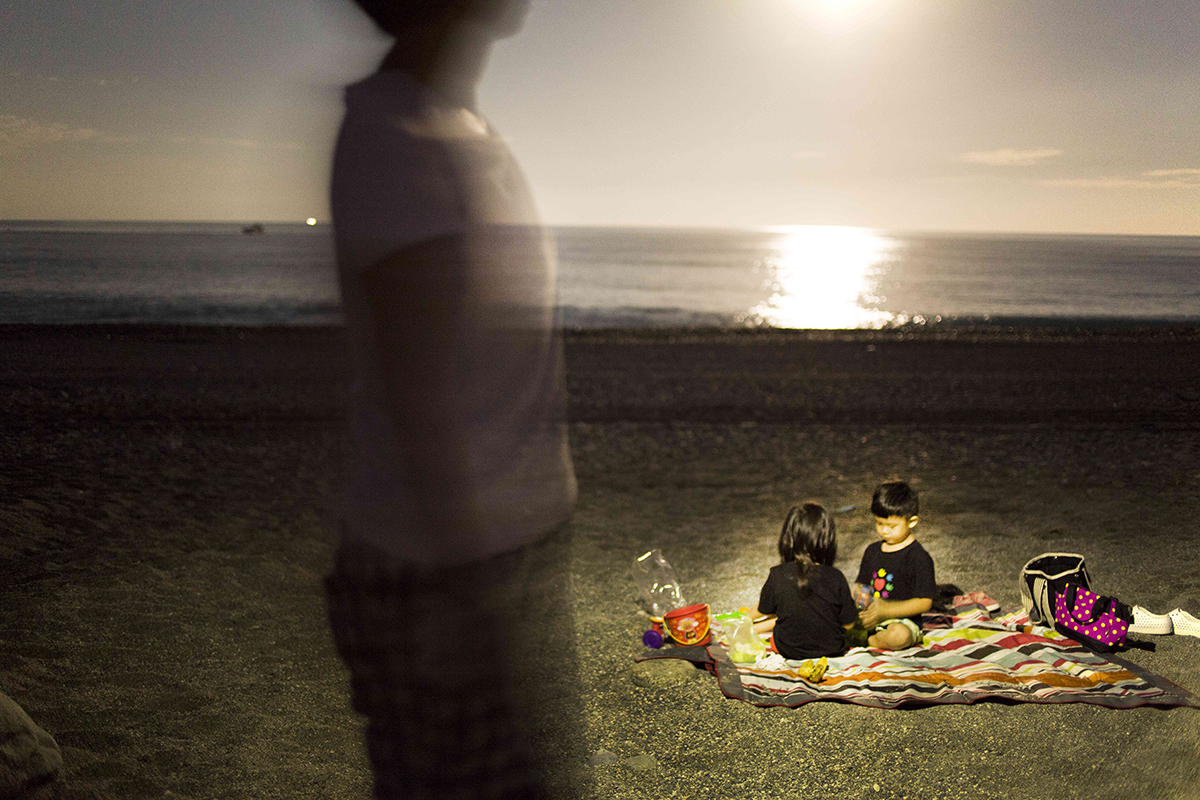

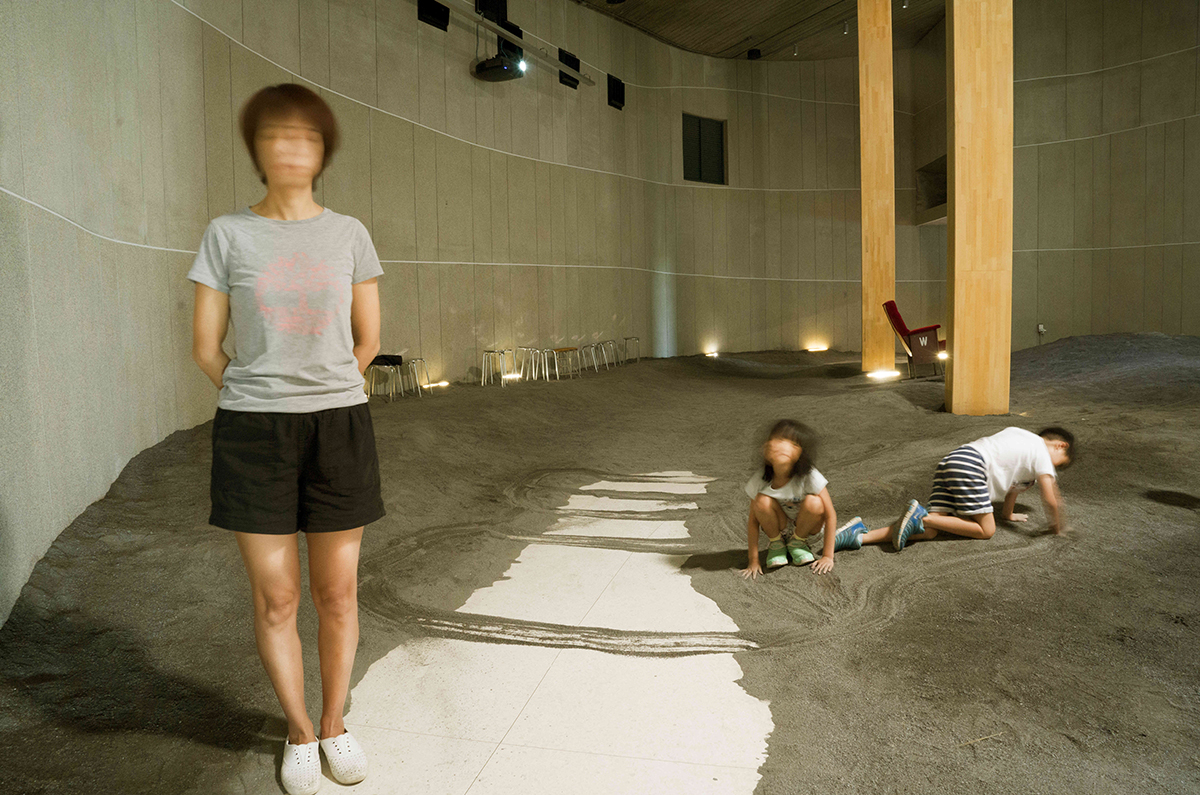
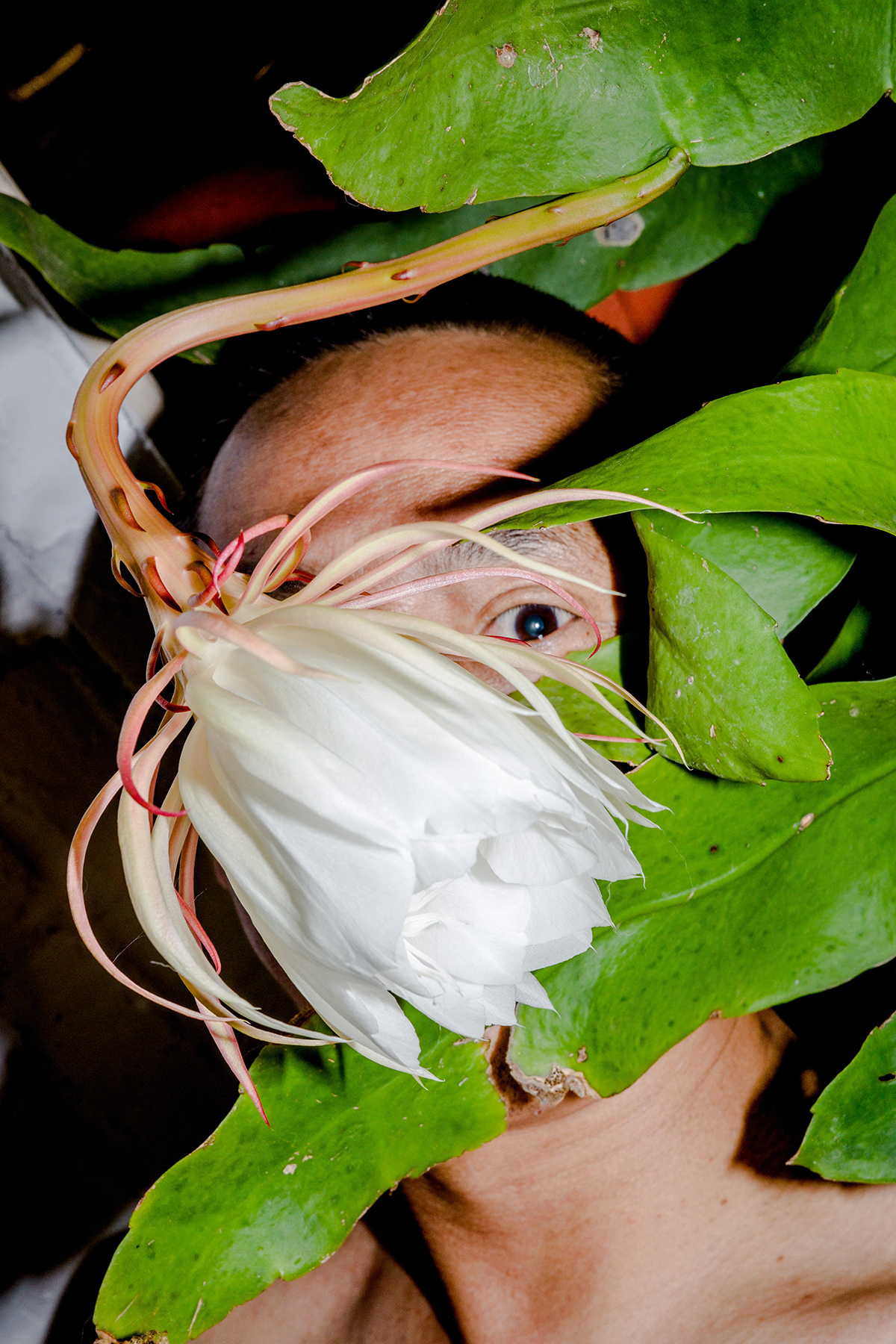

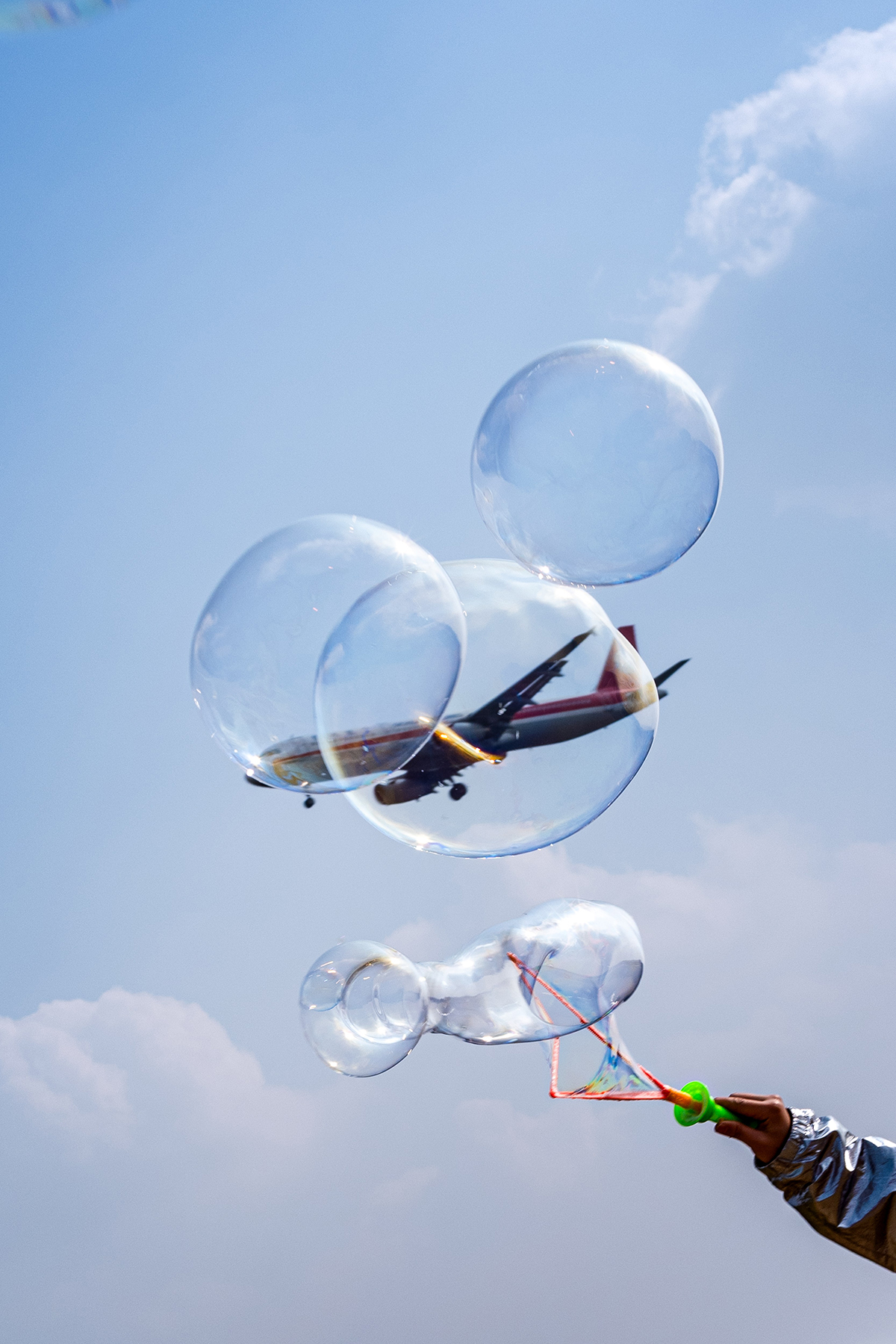
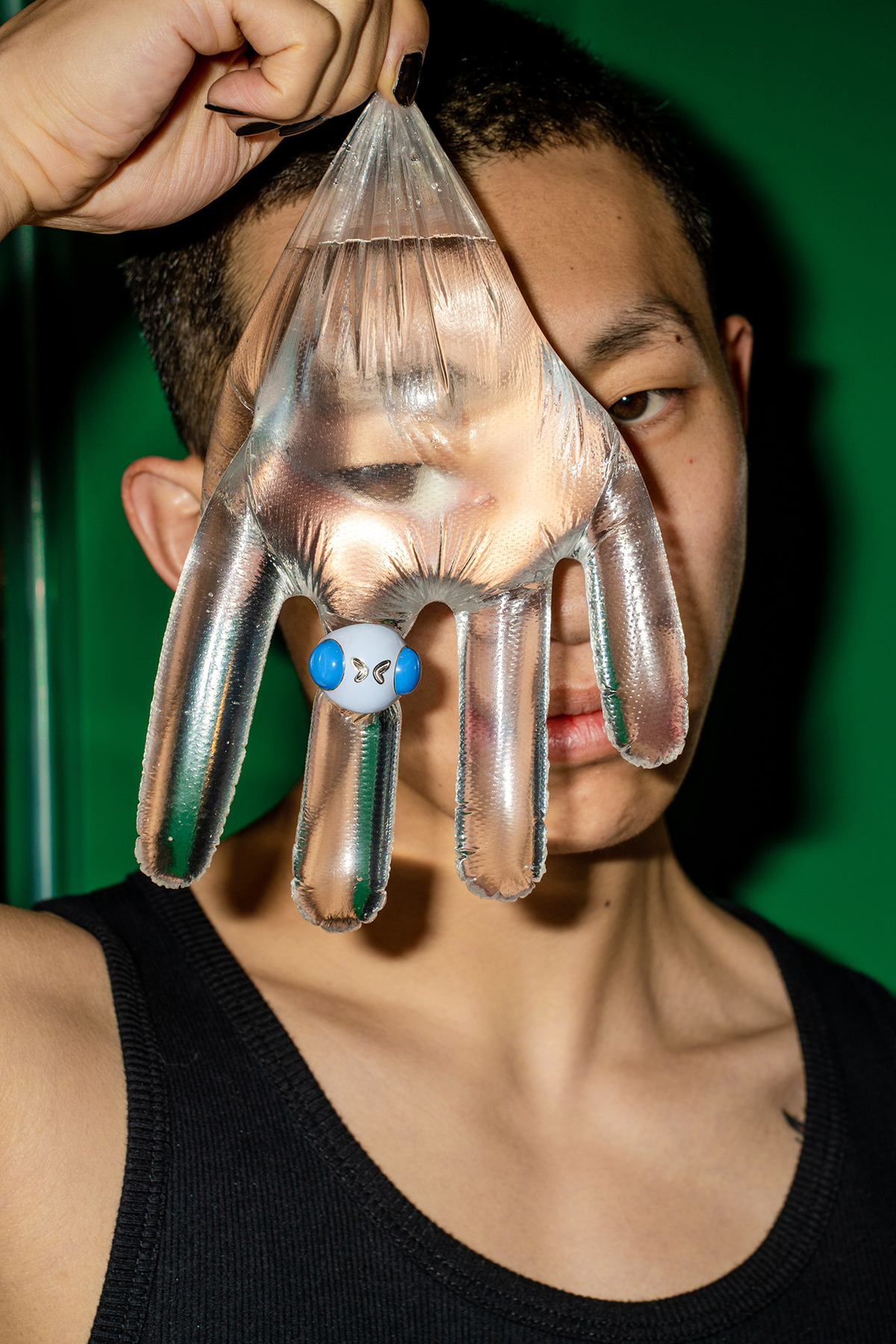
.jpg)

